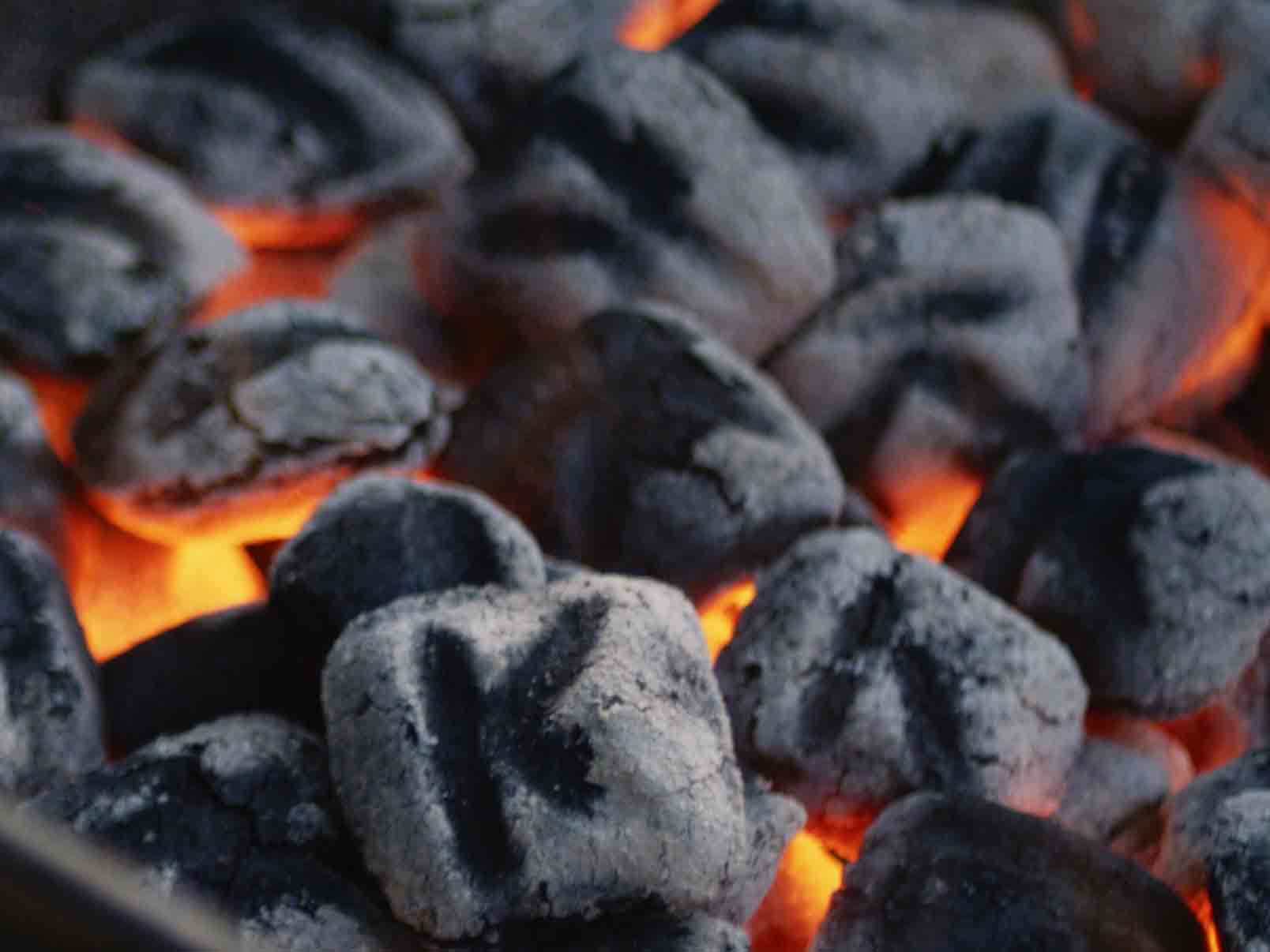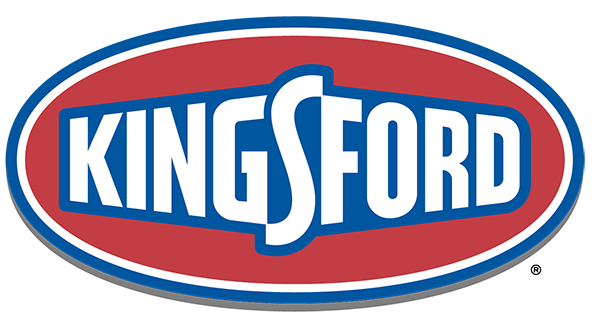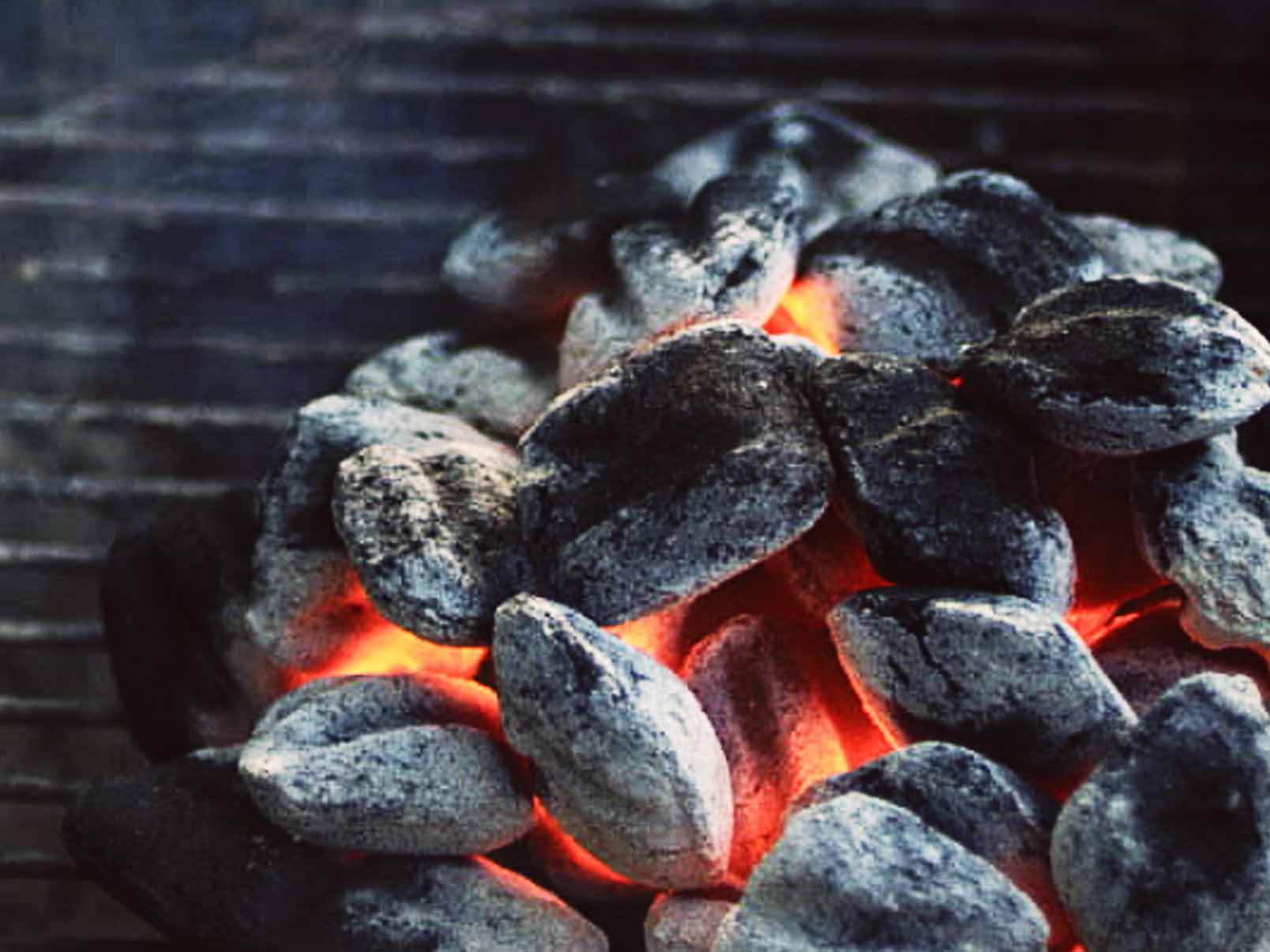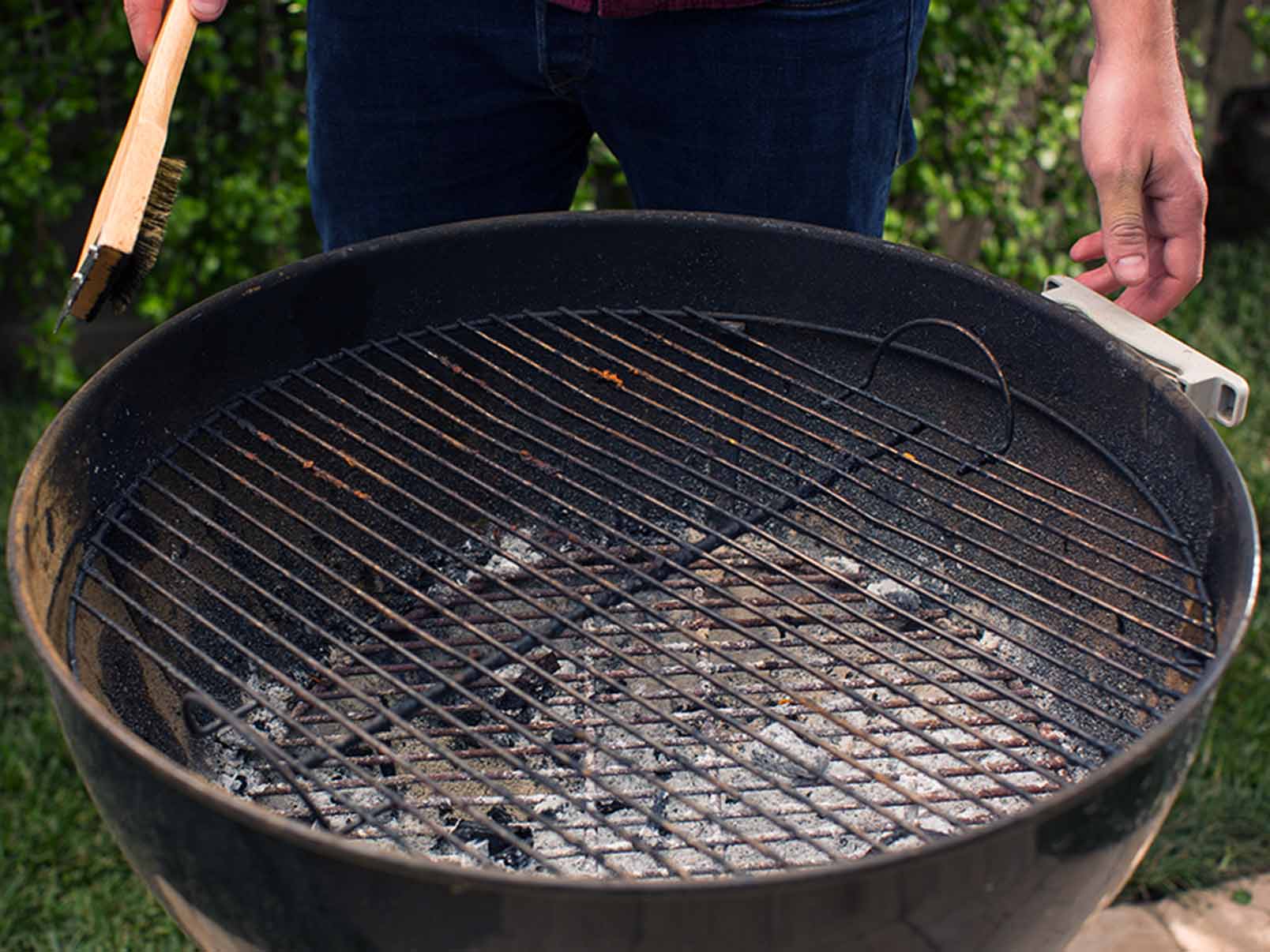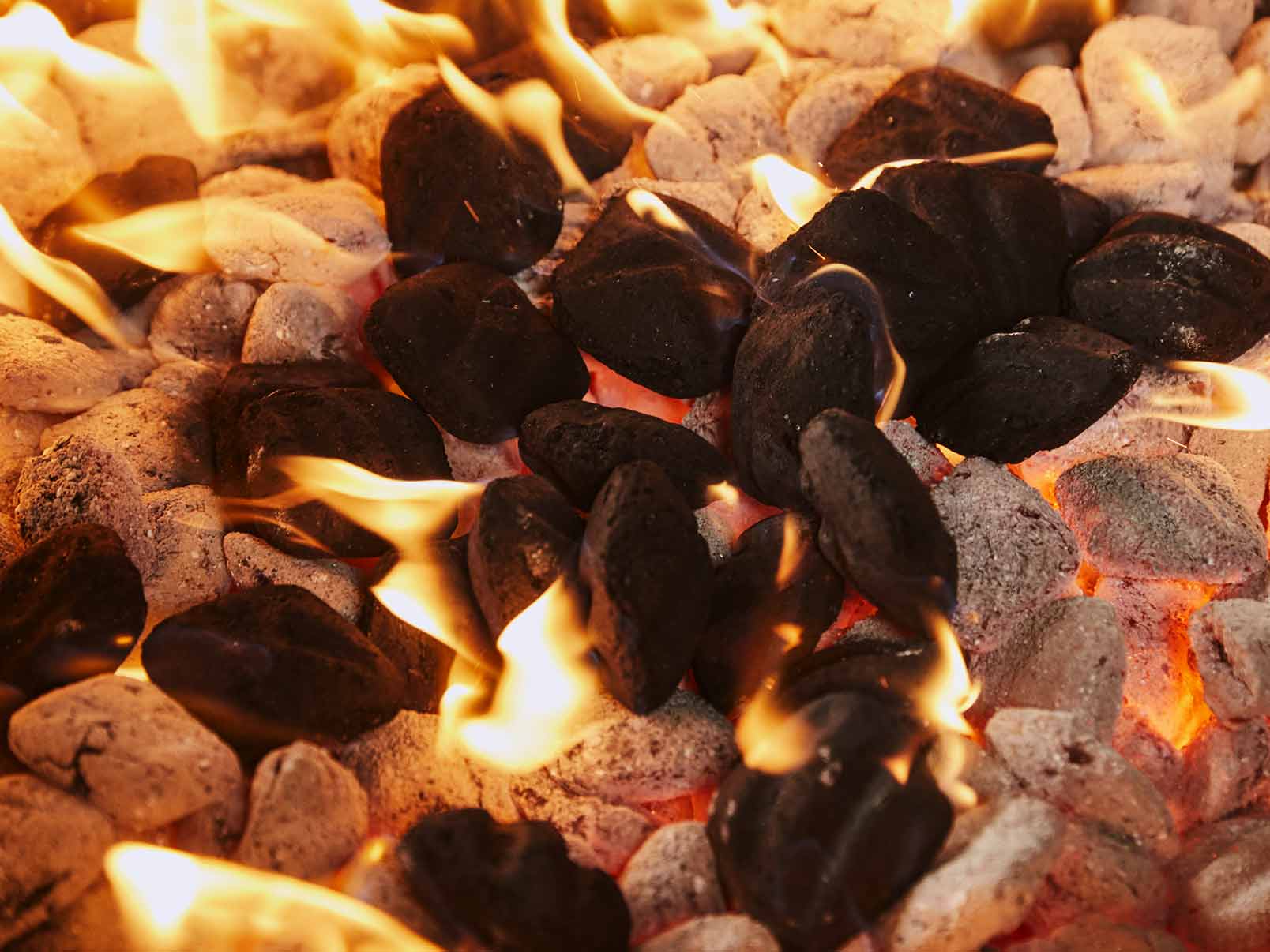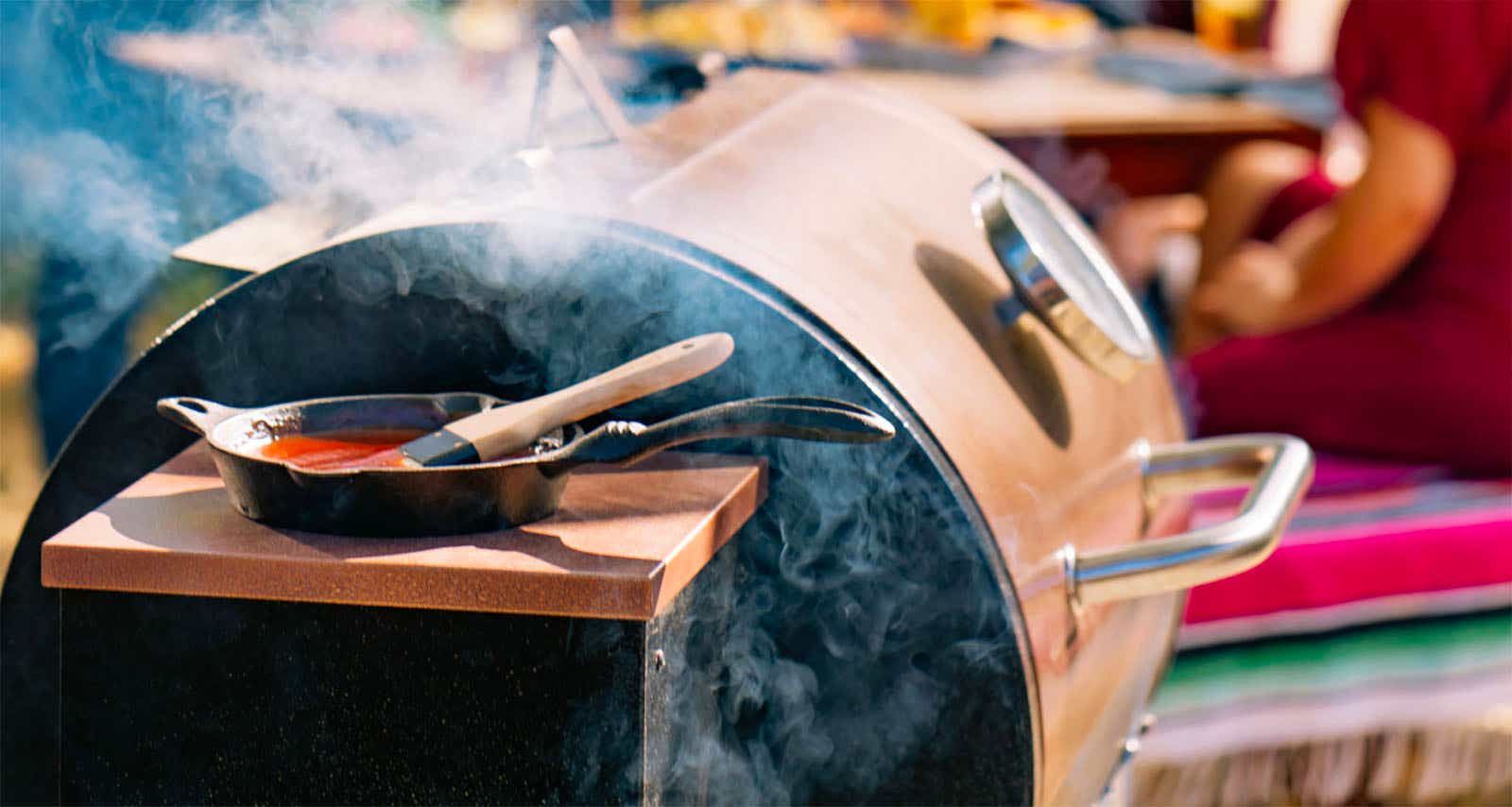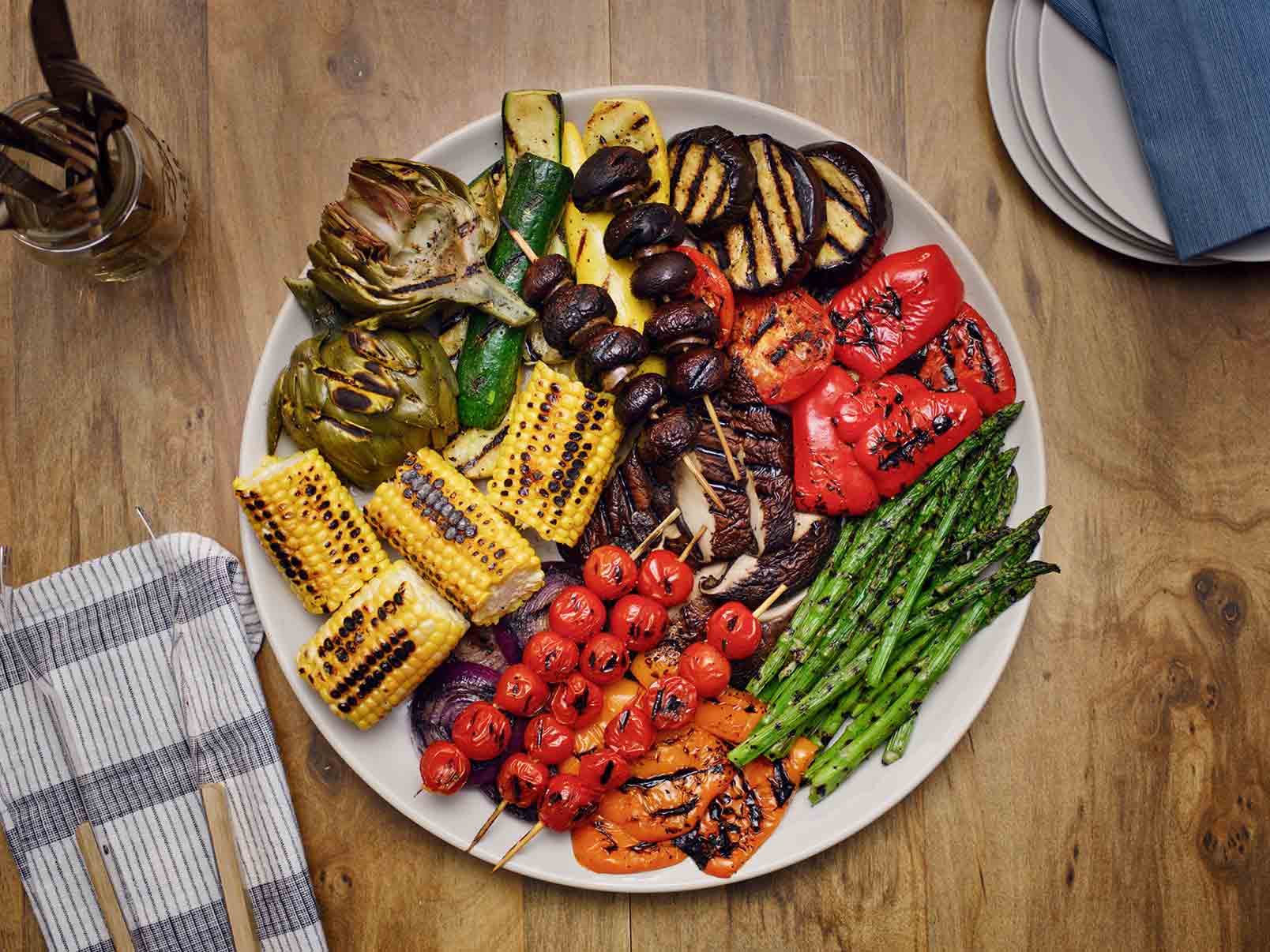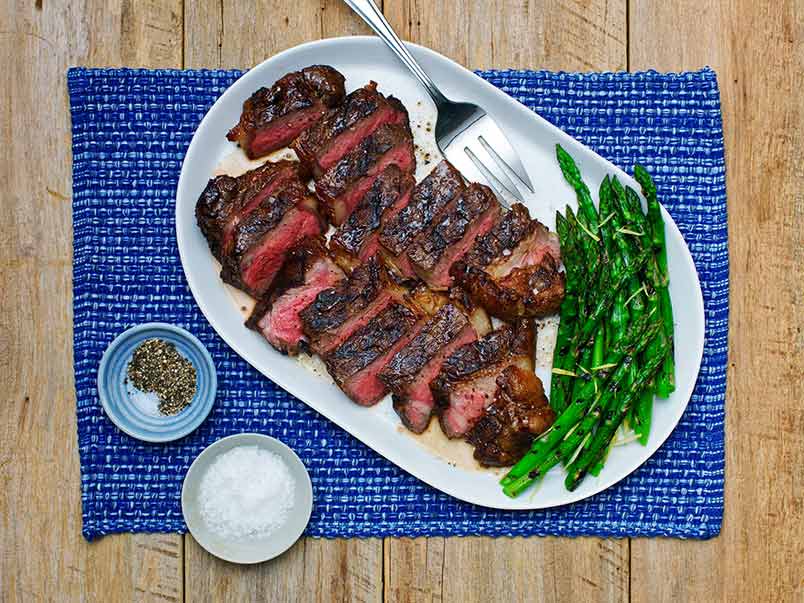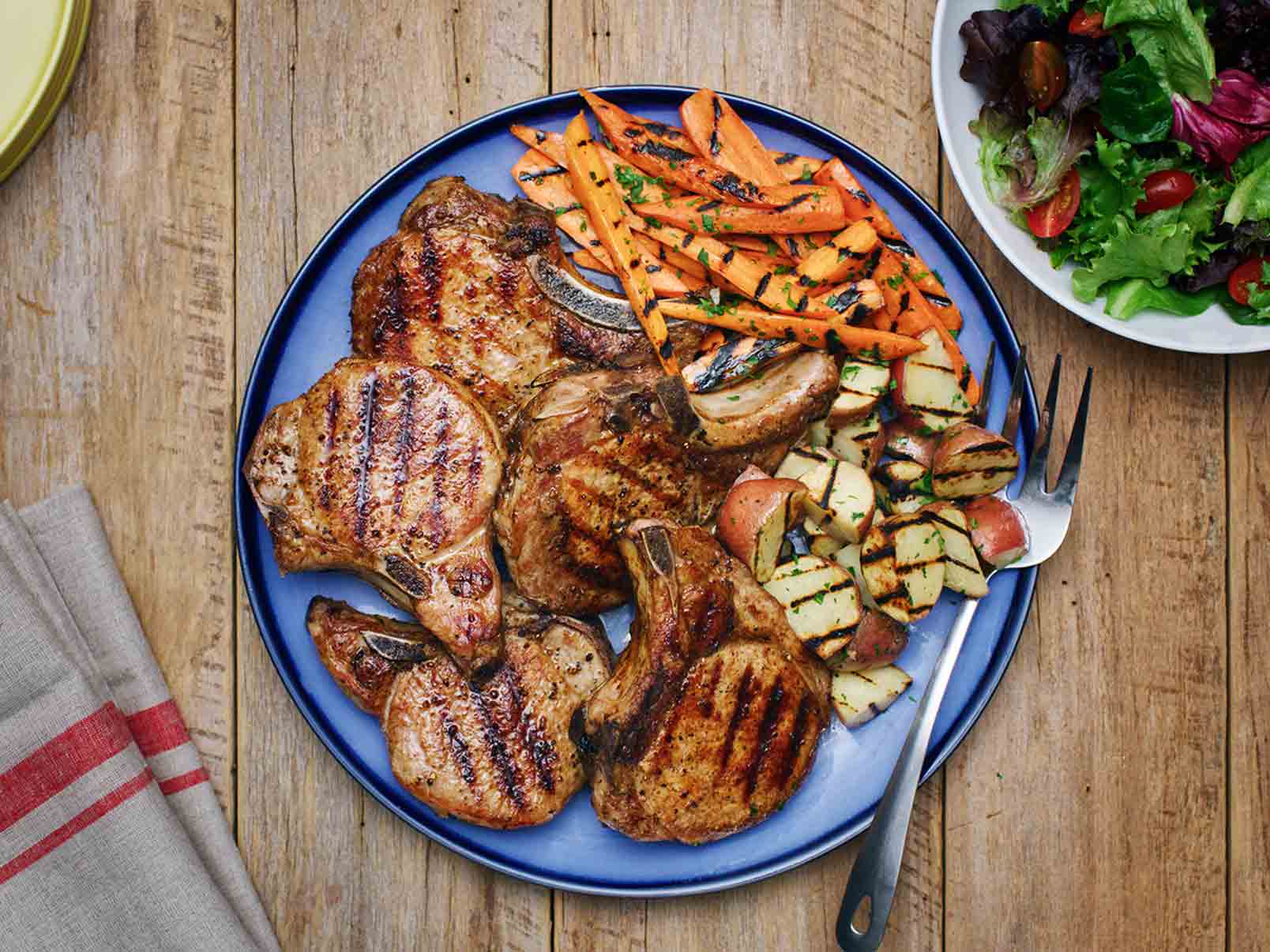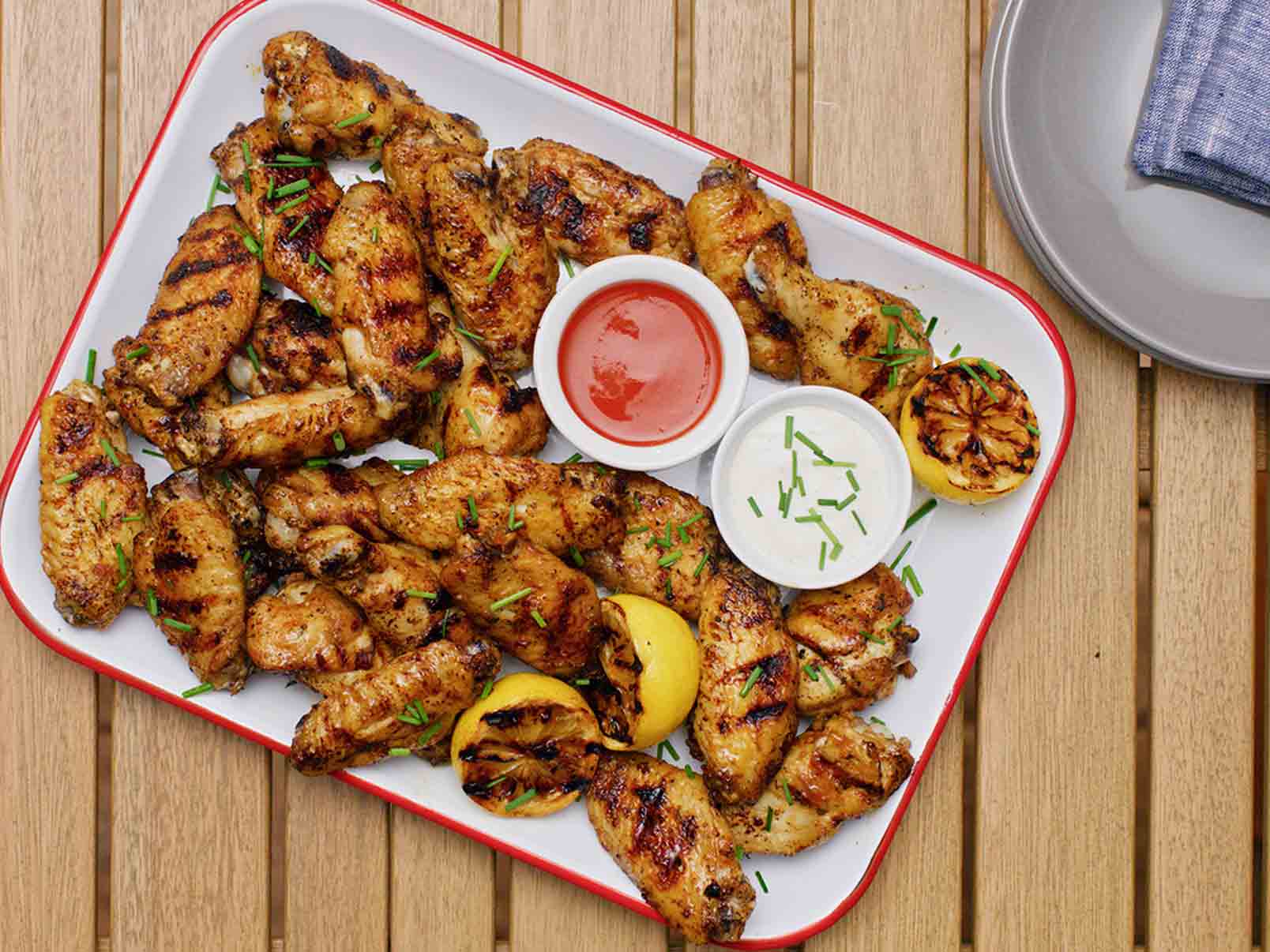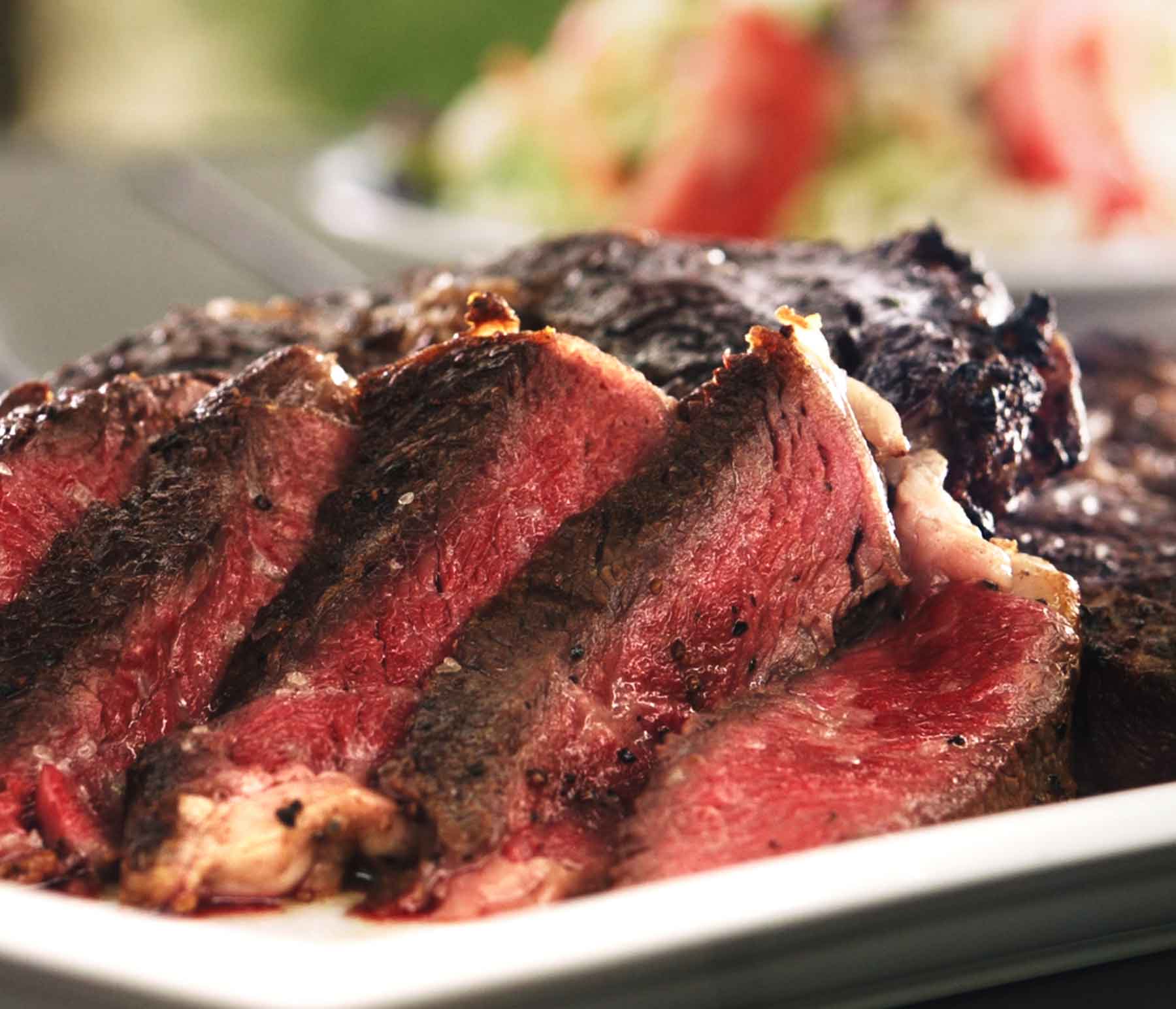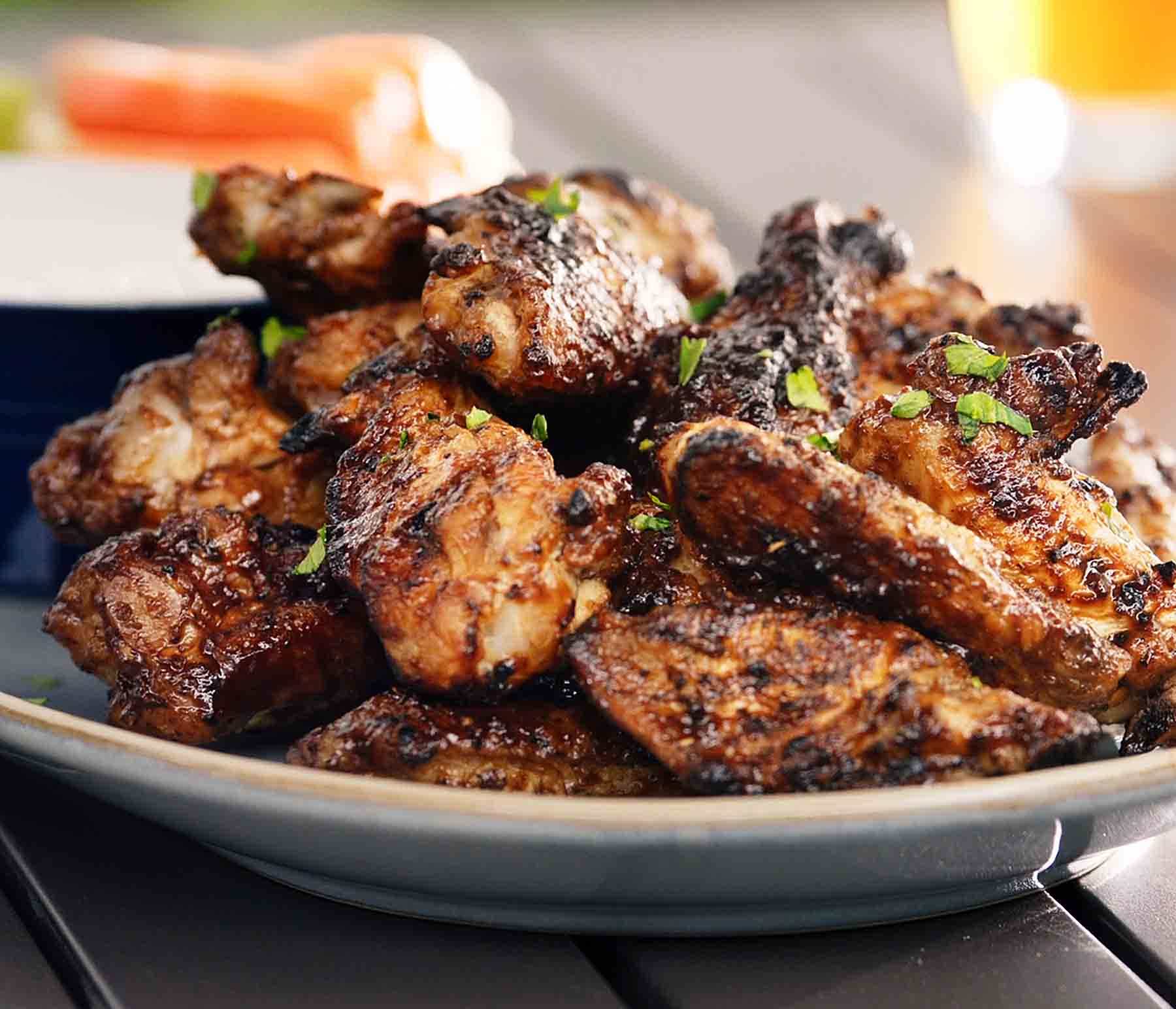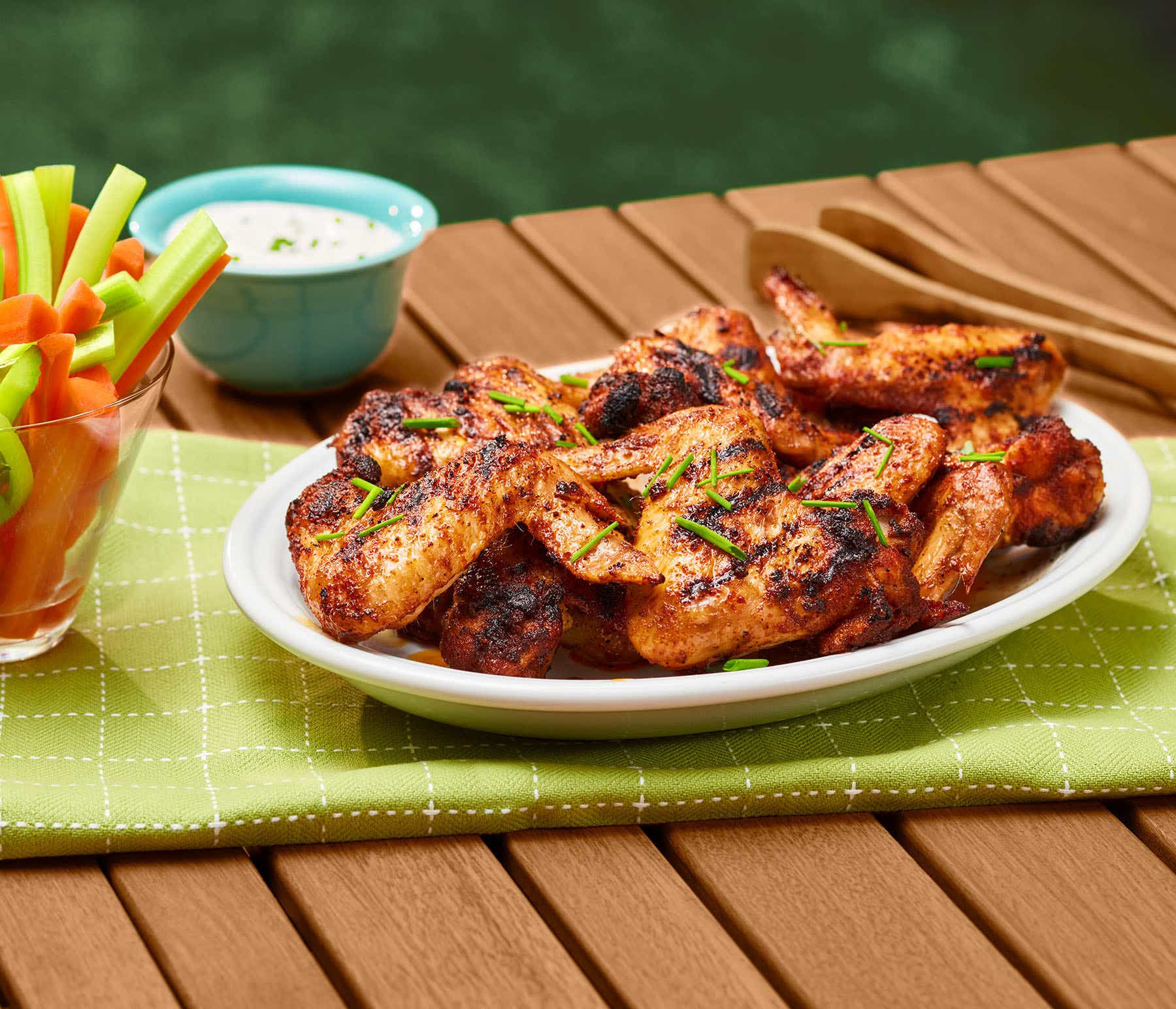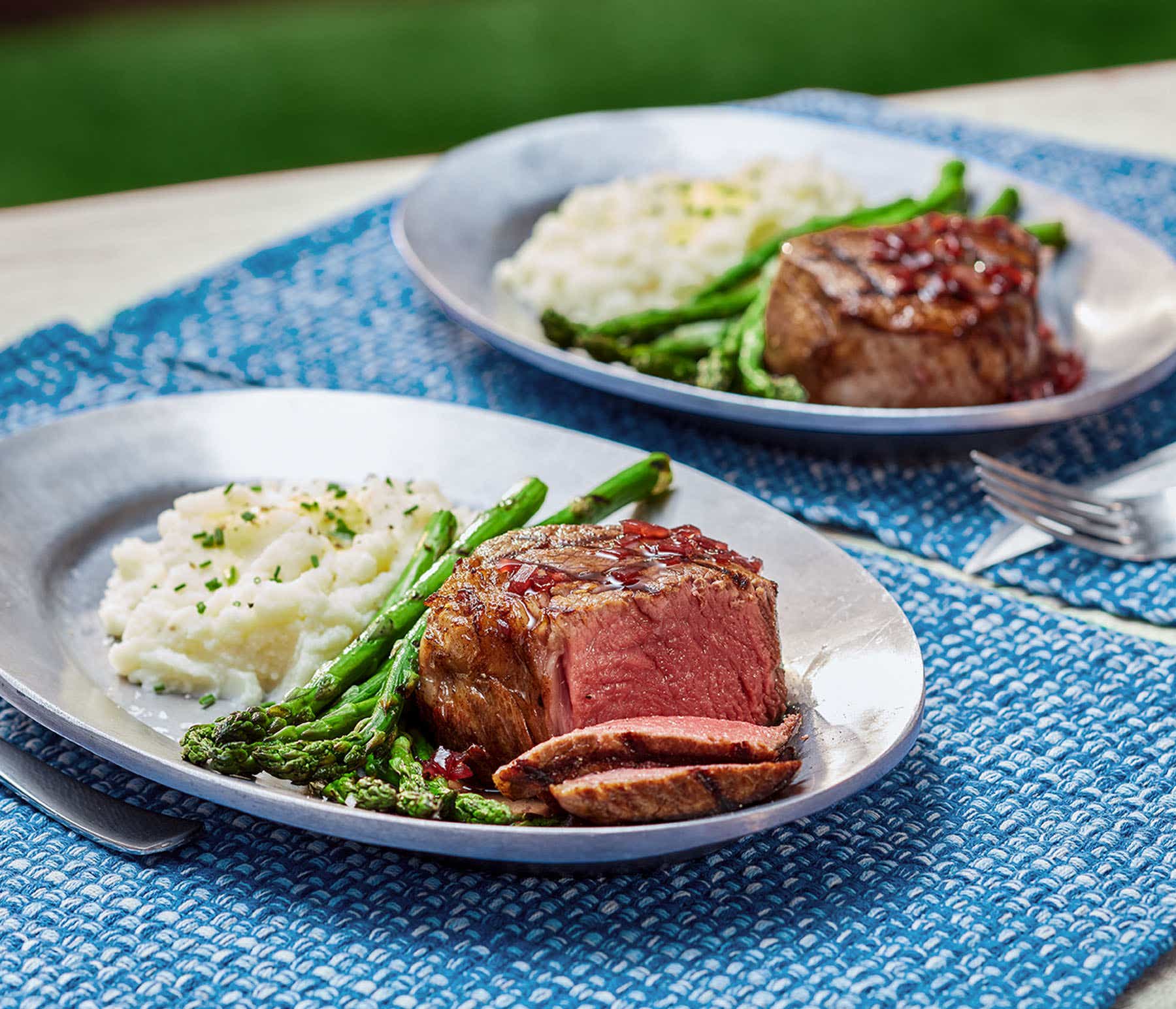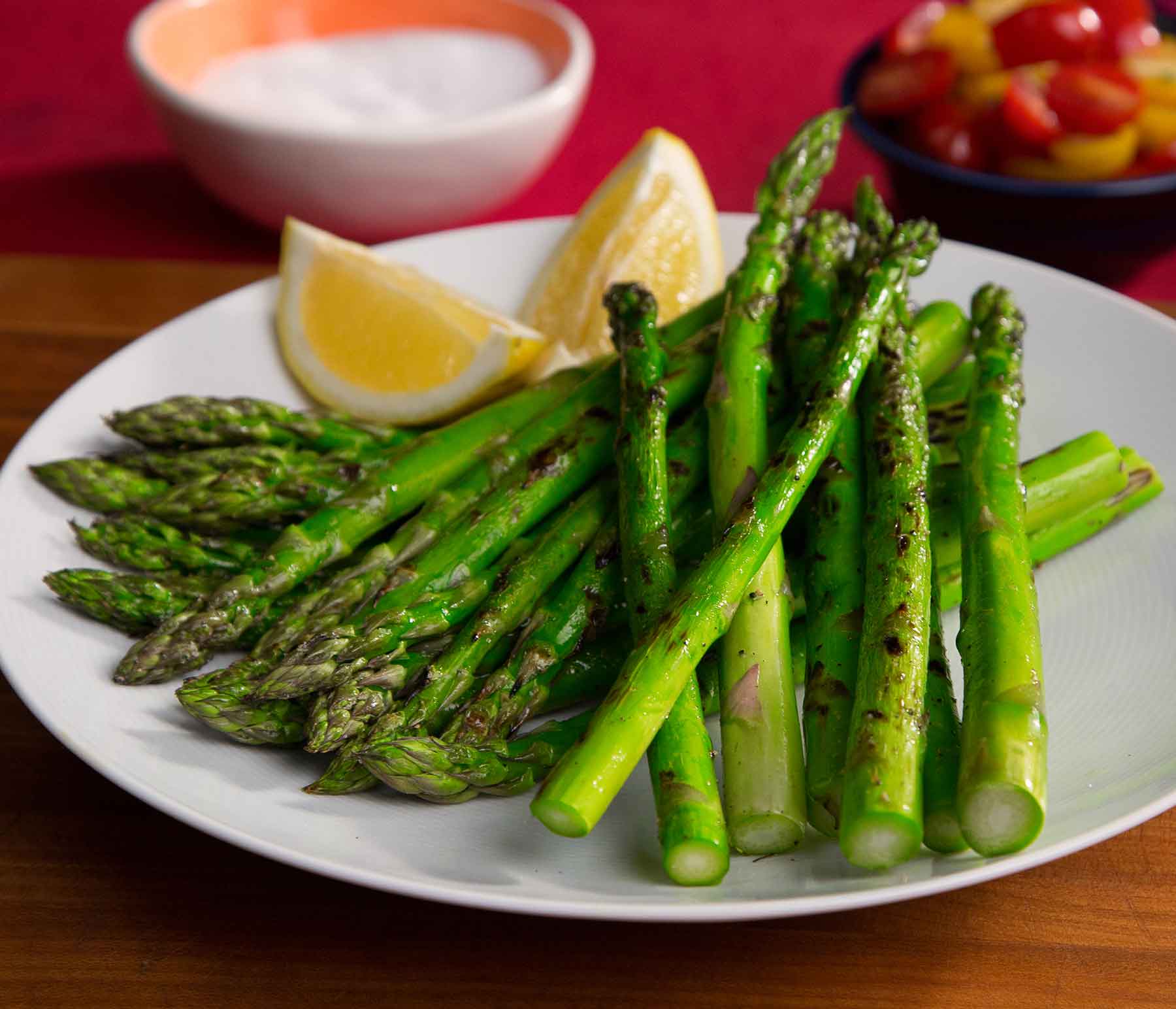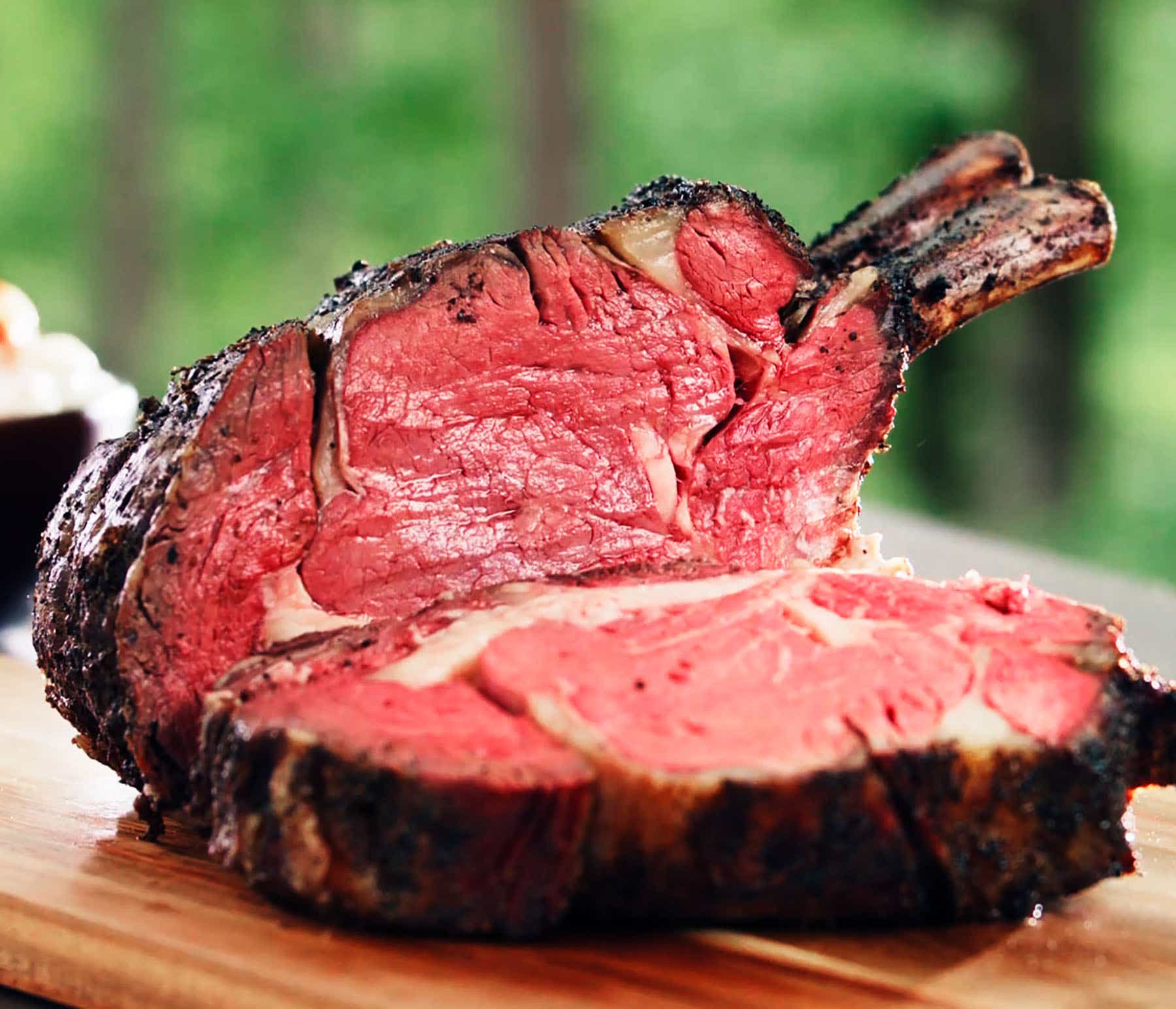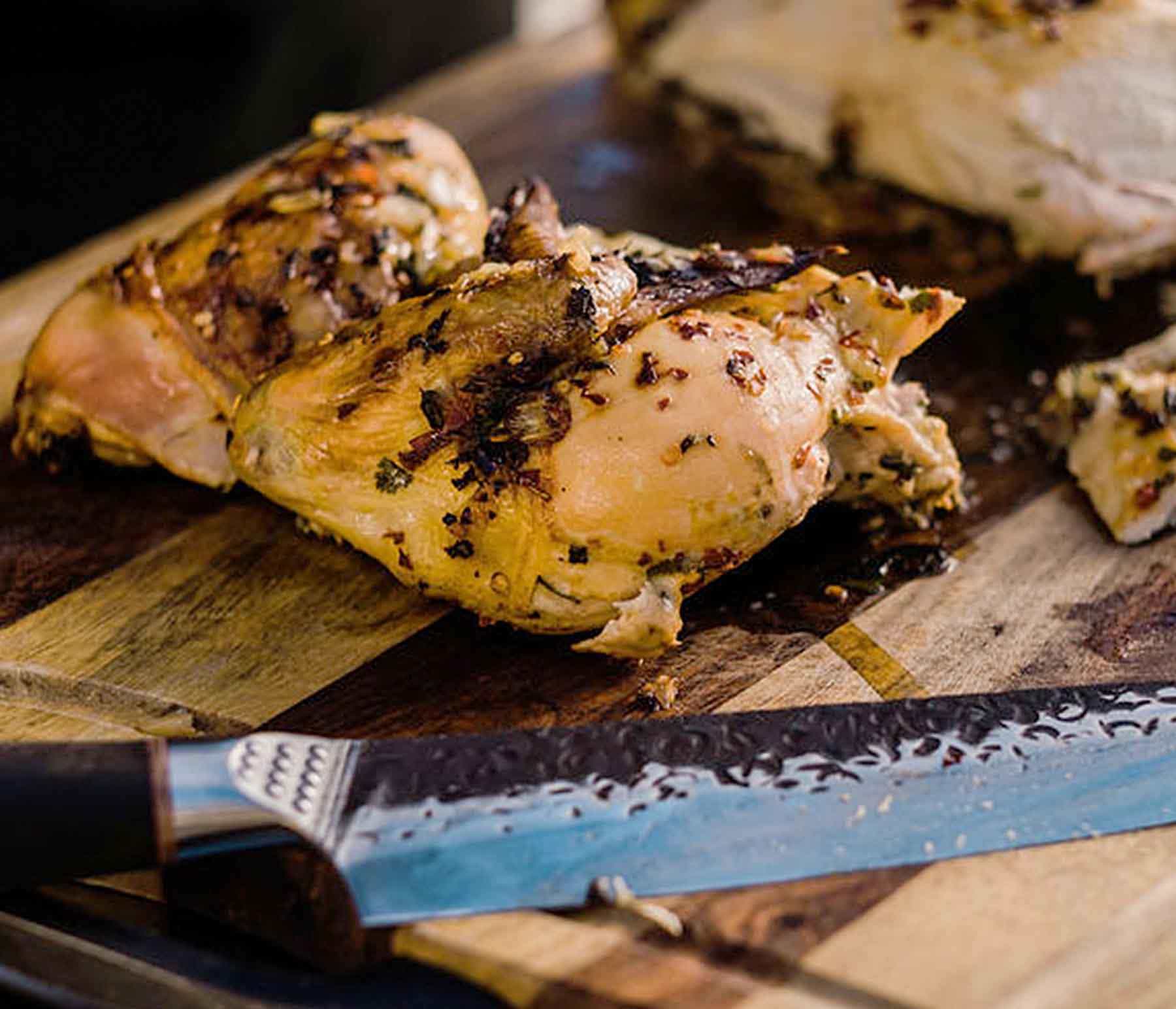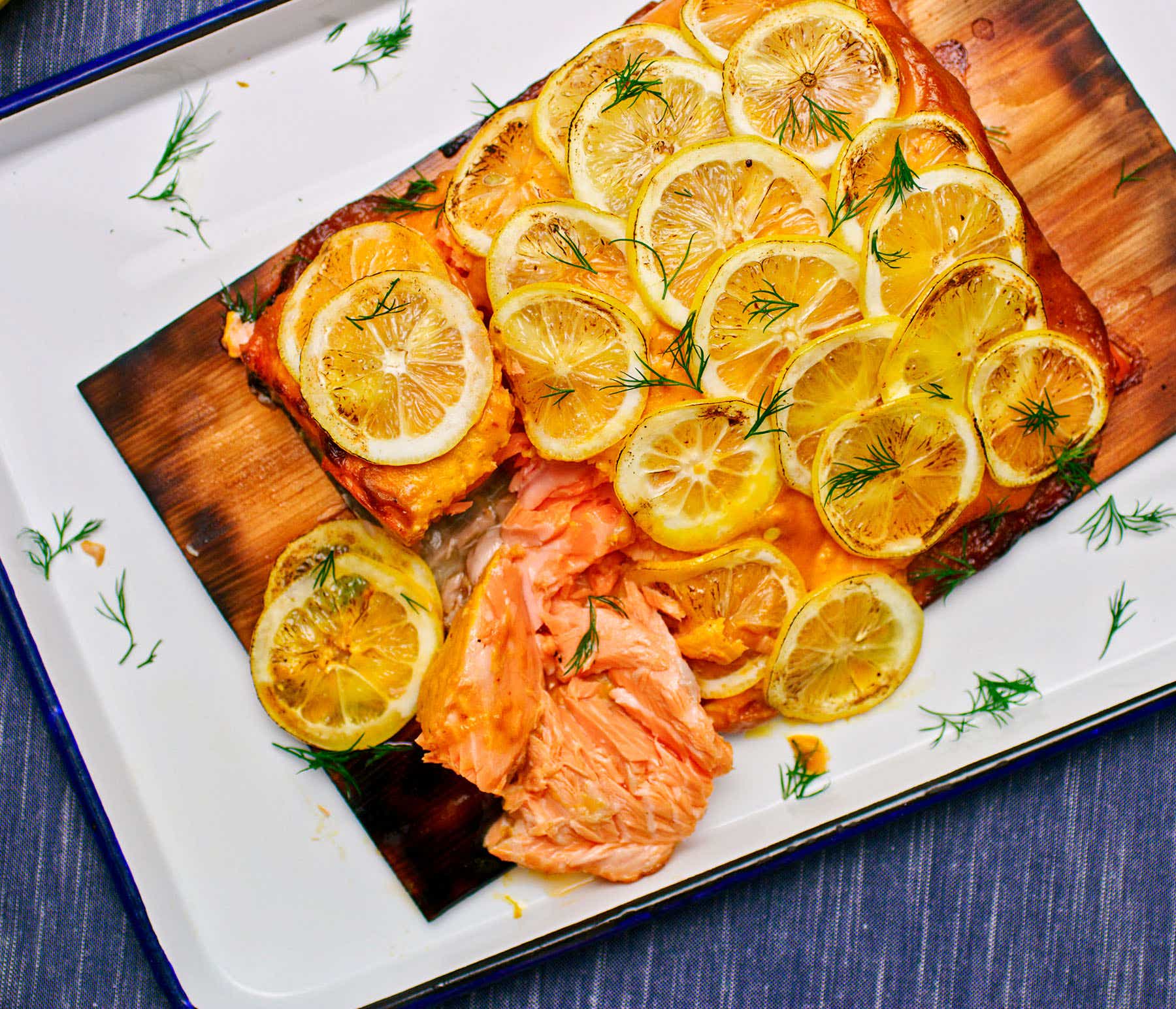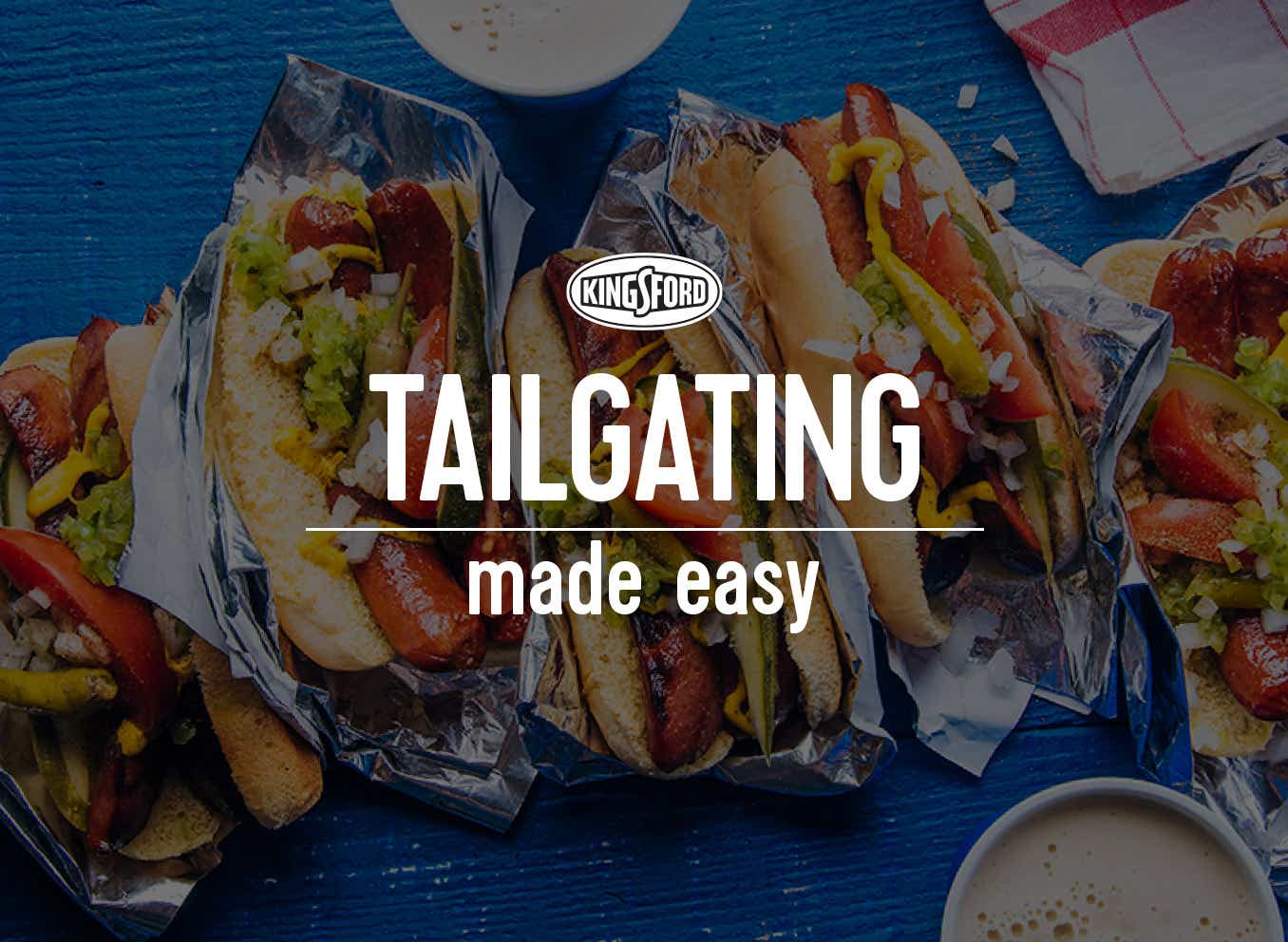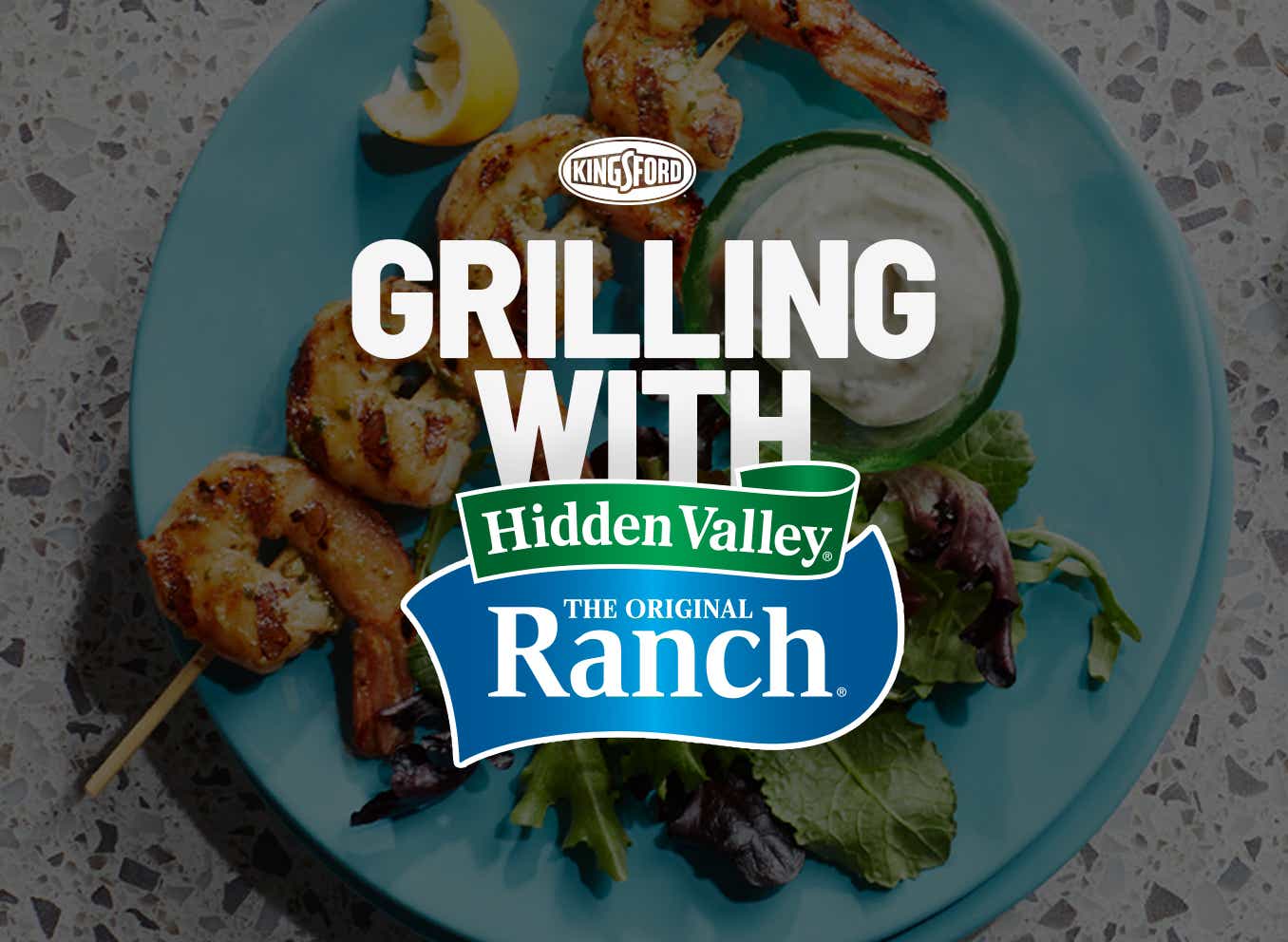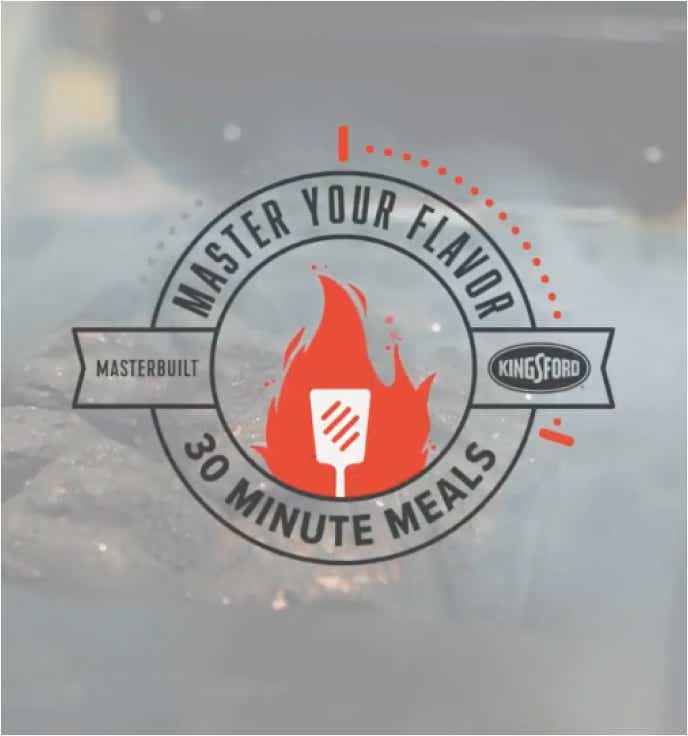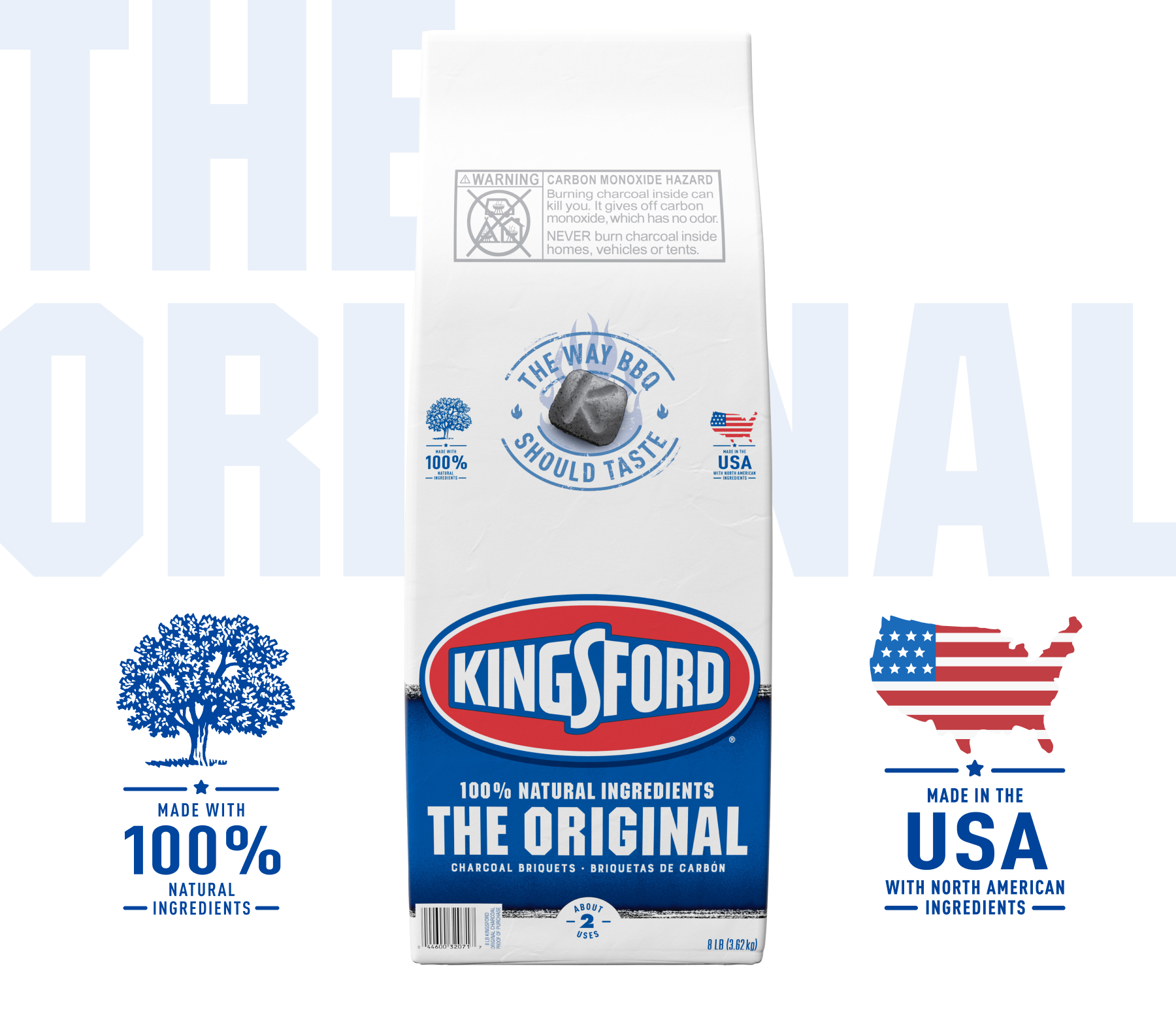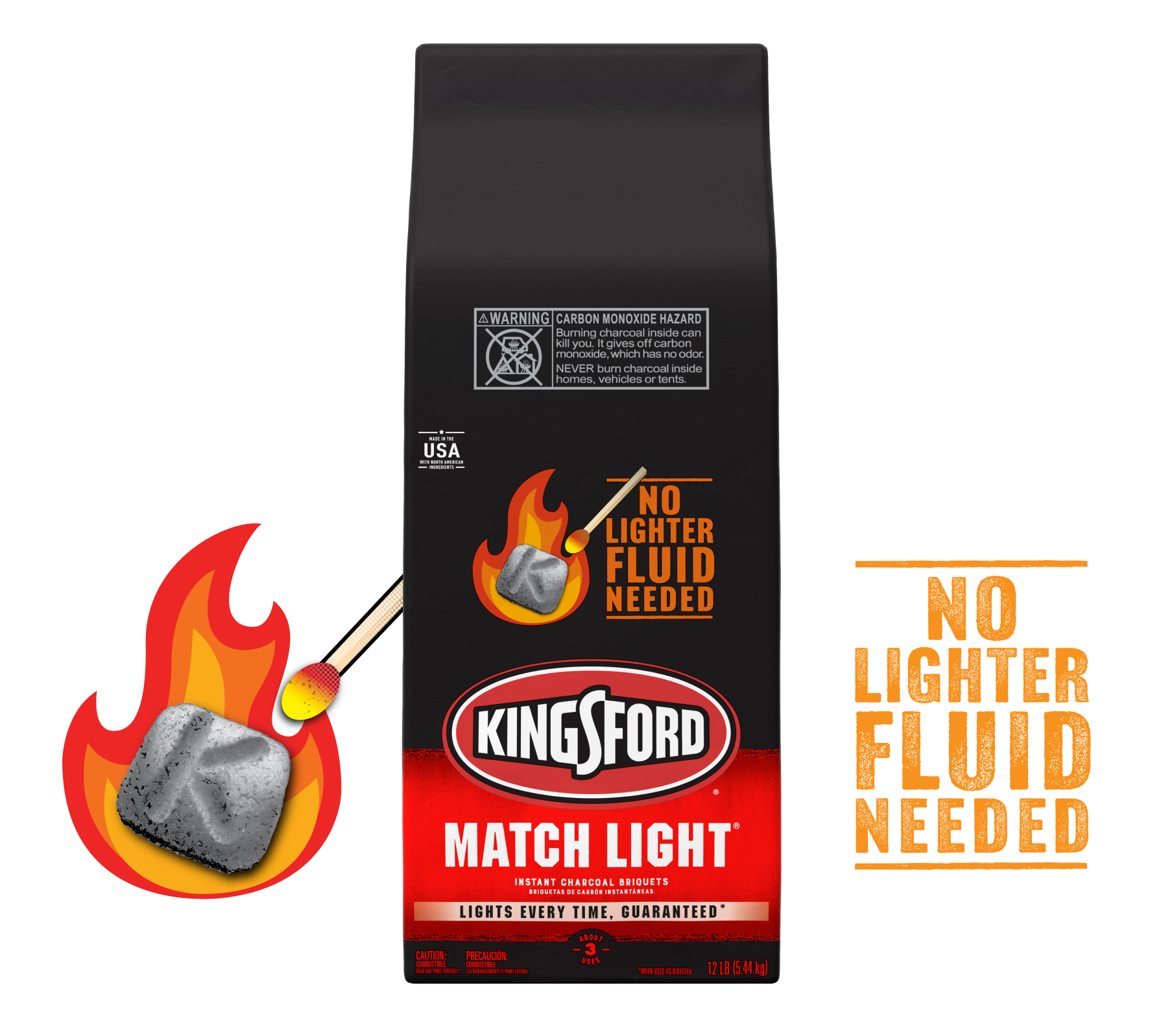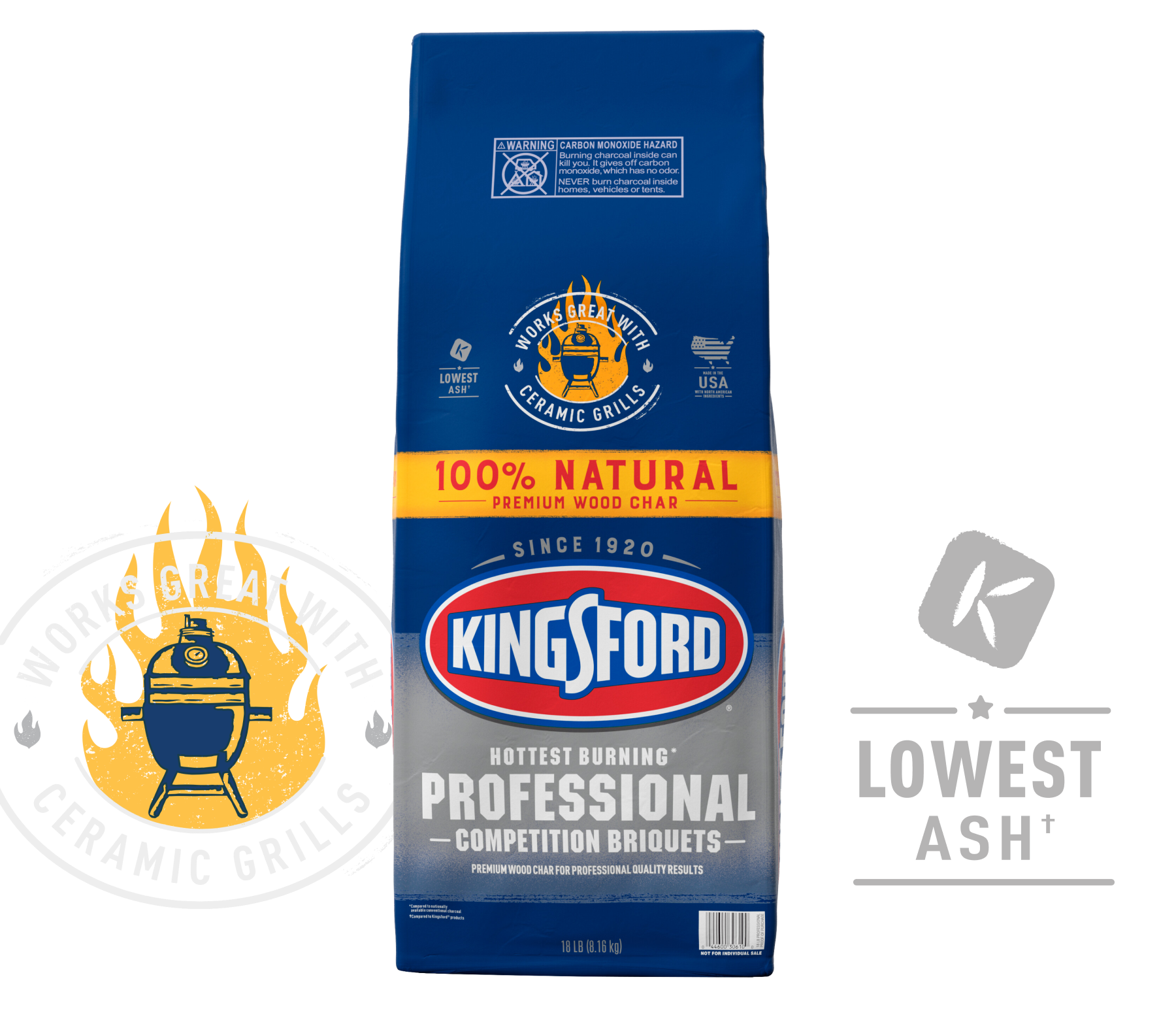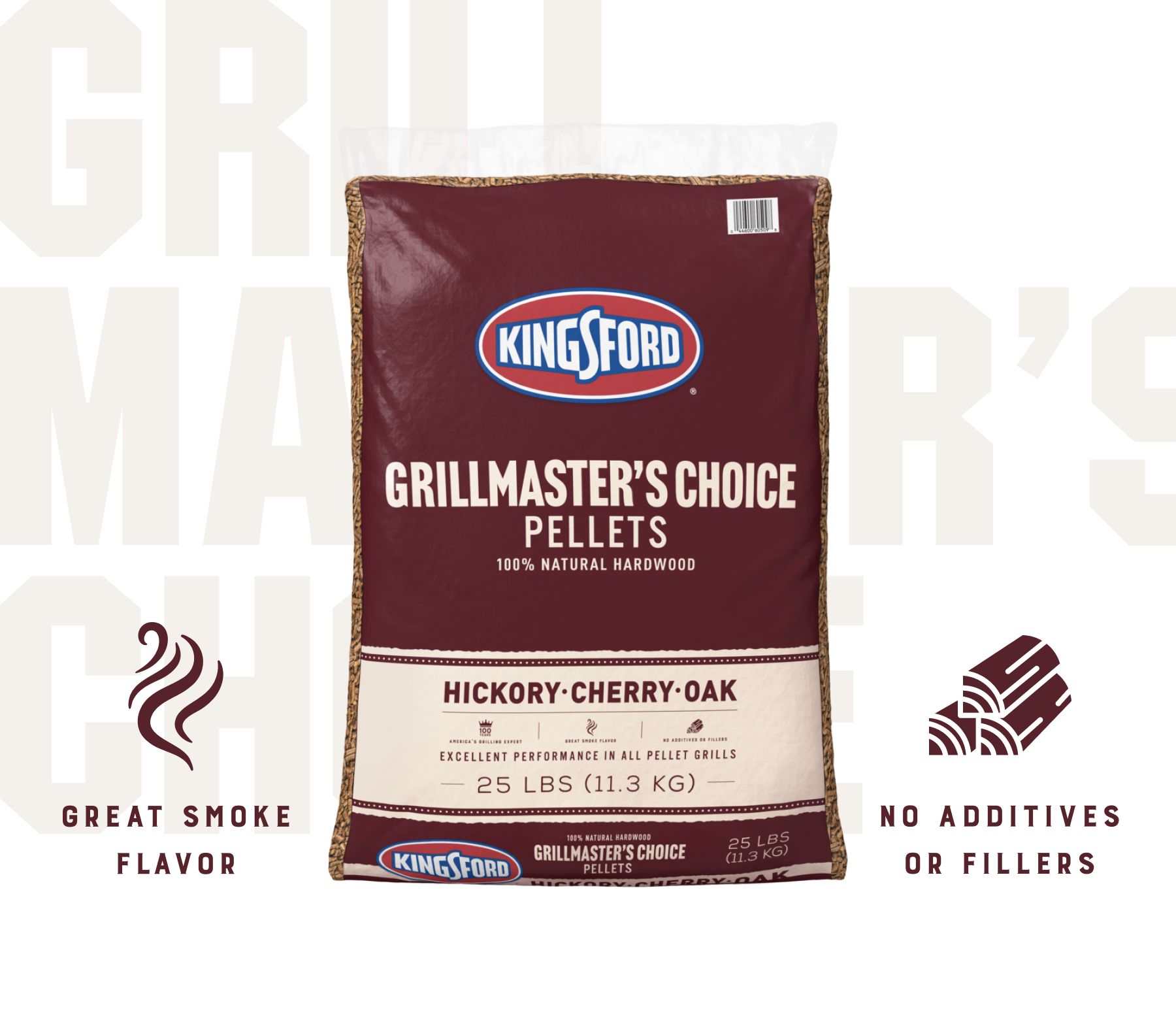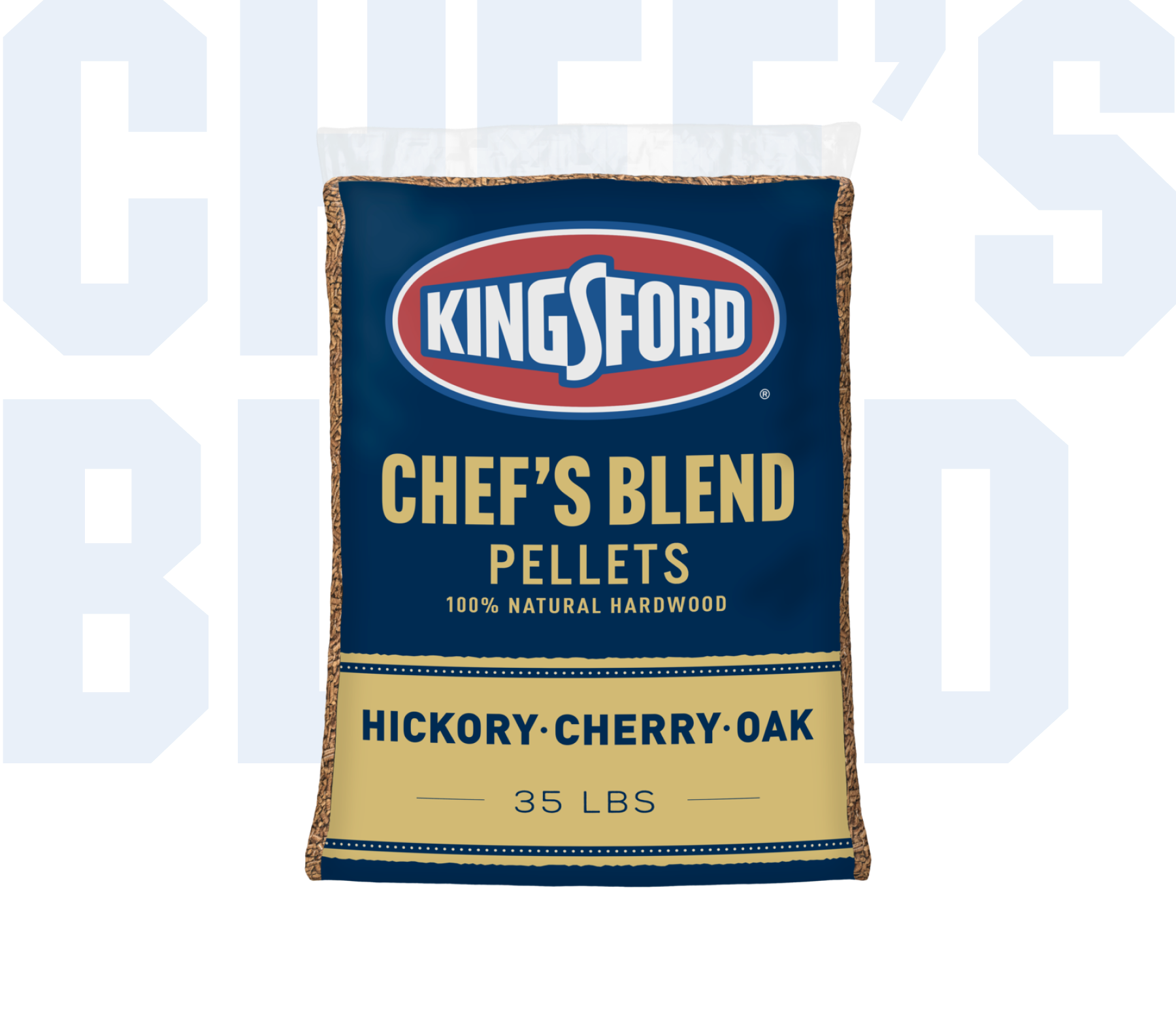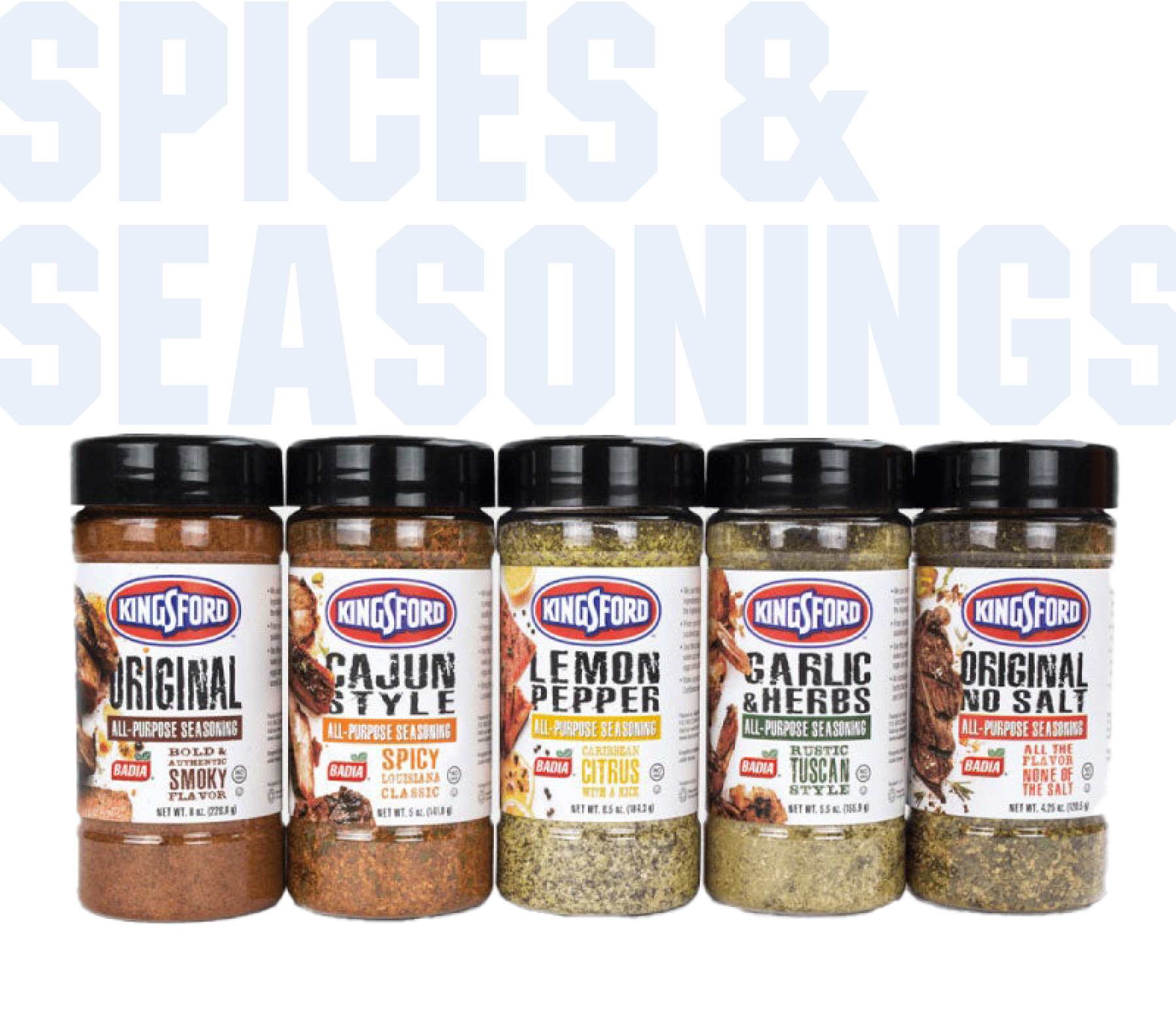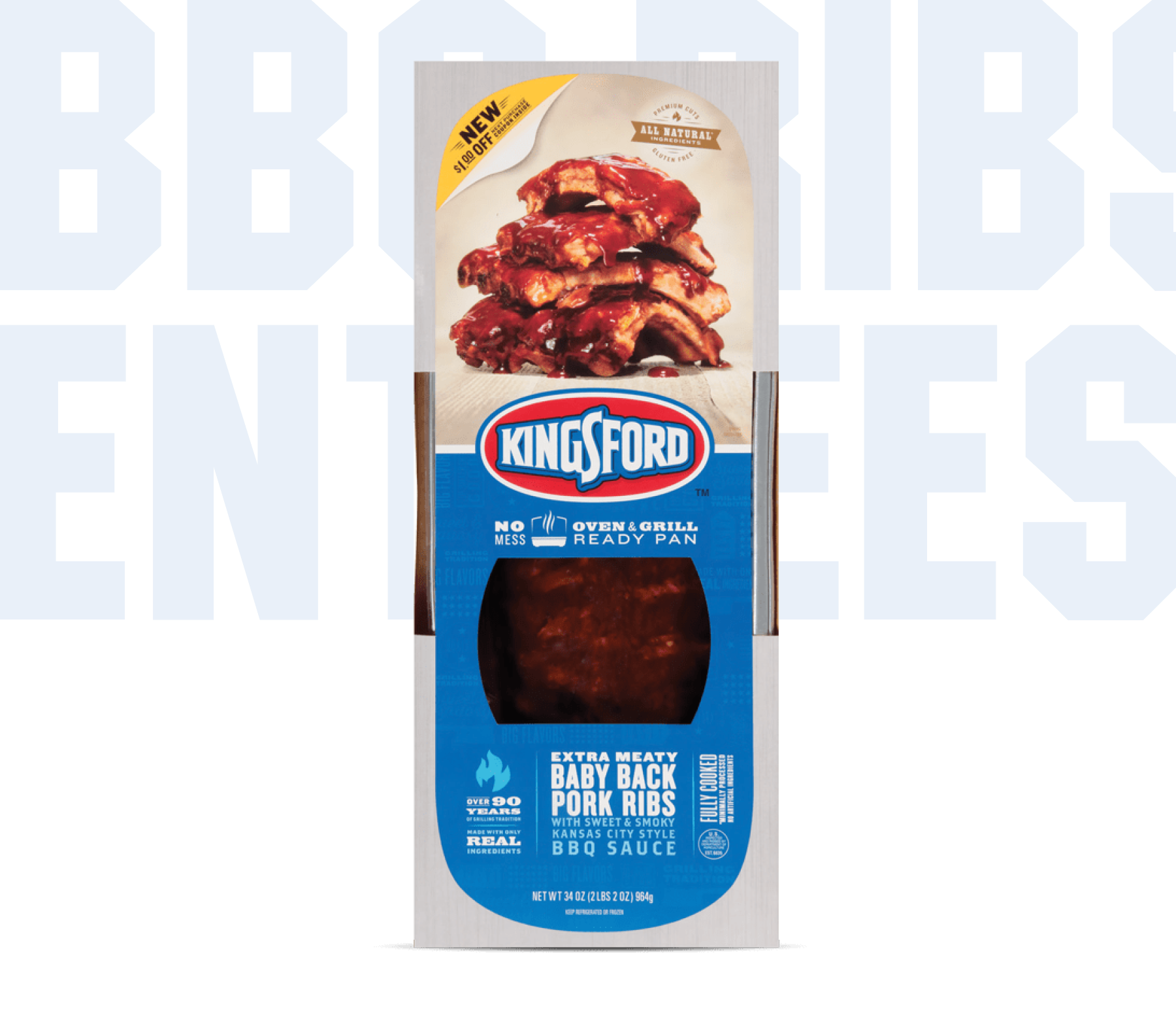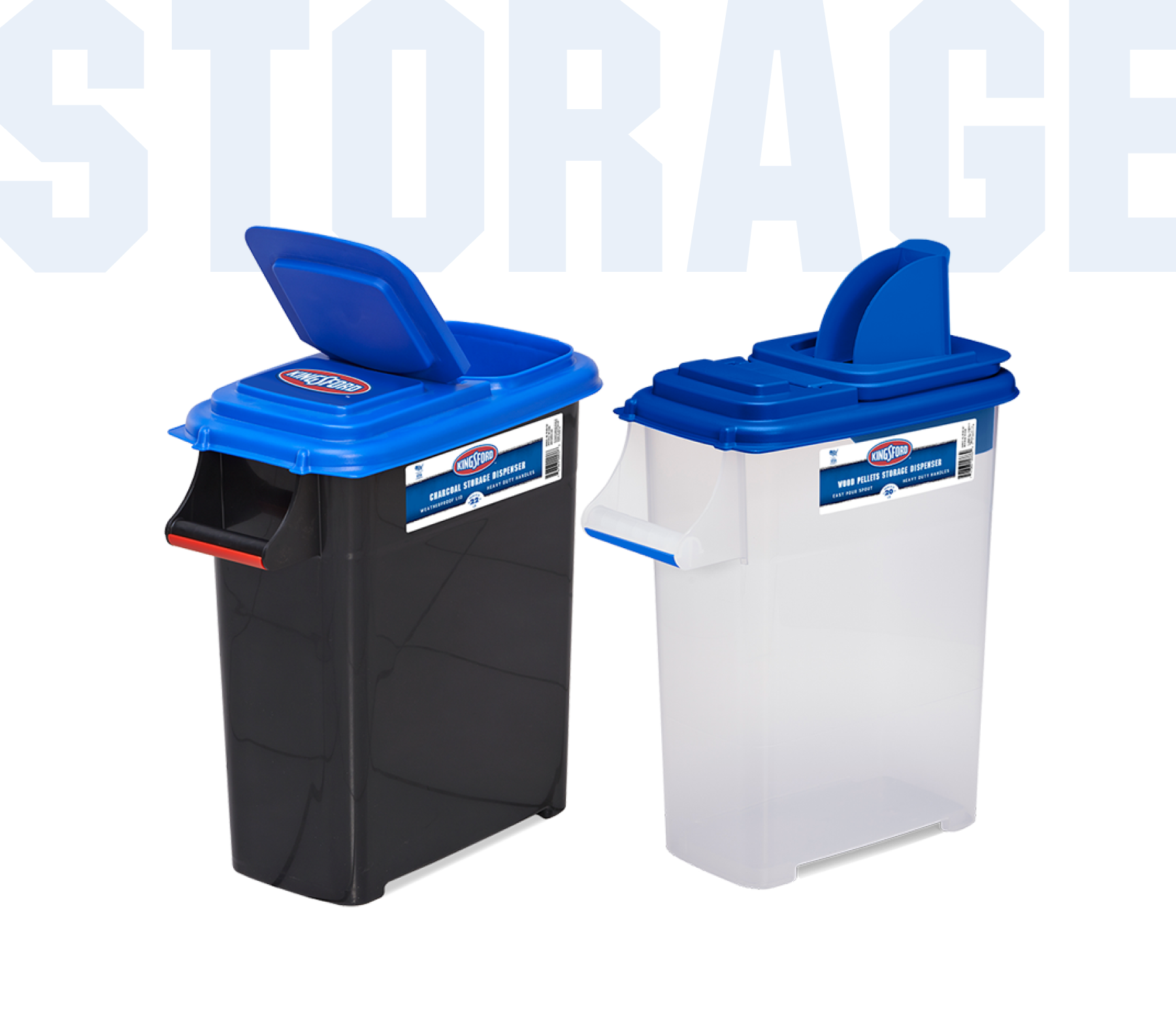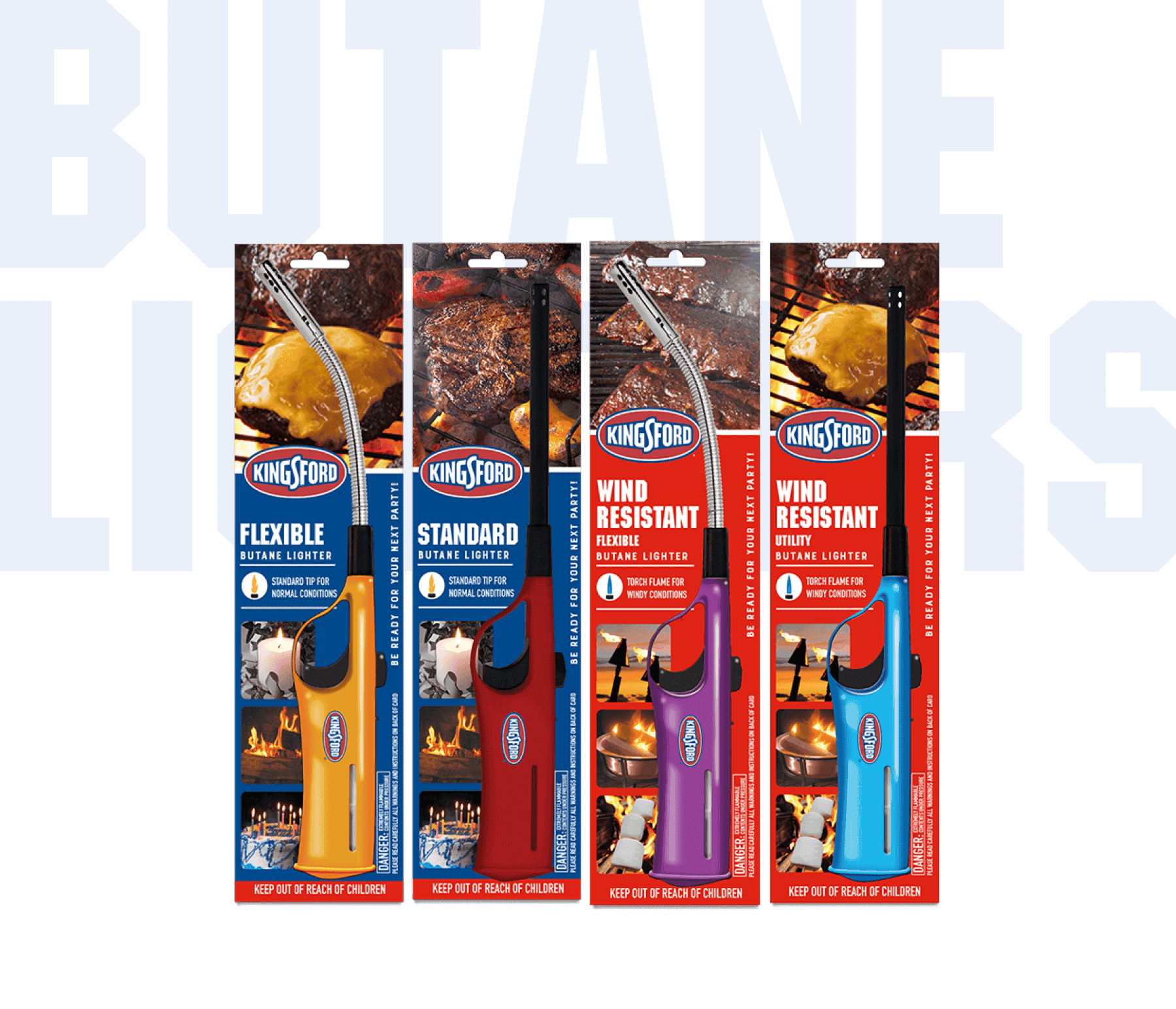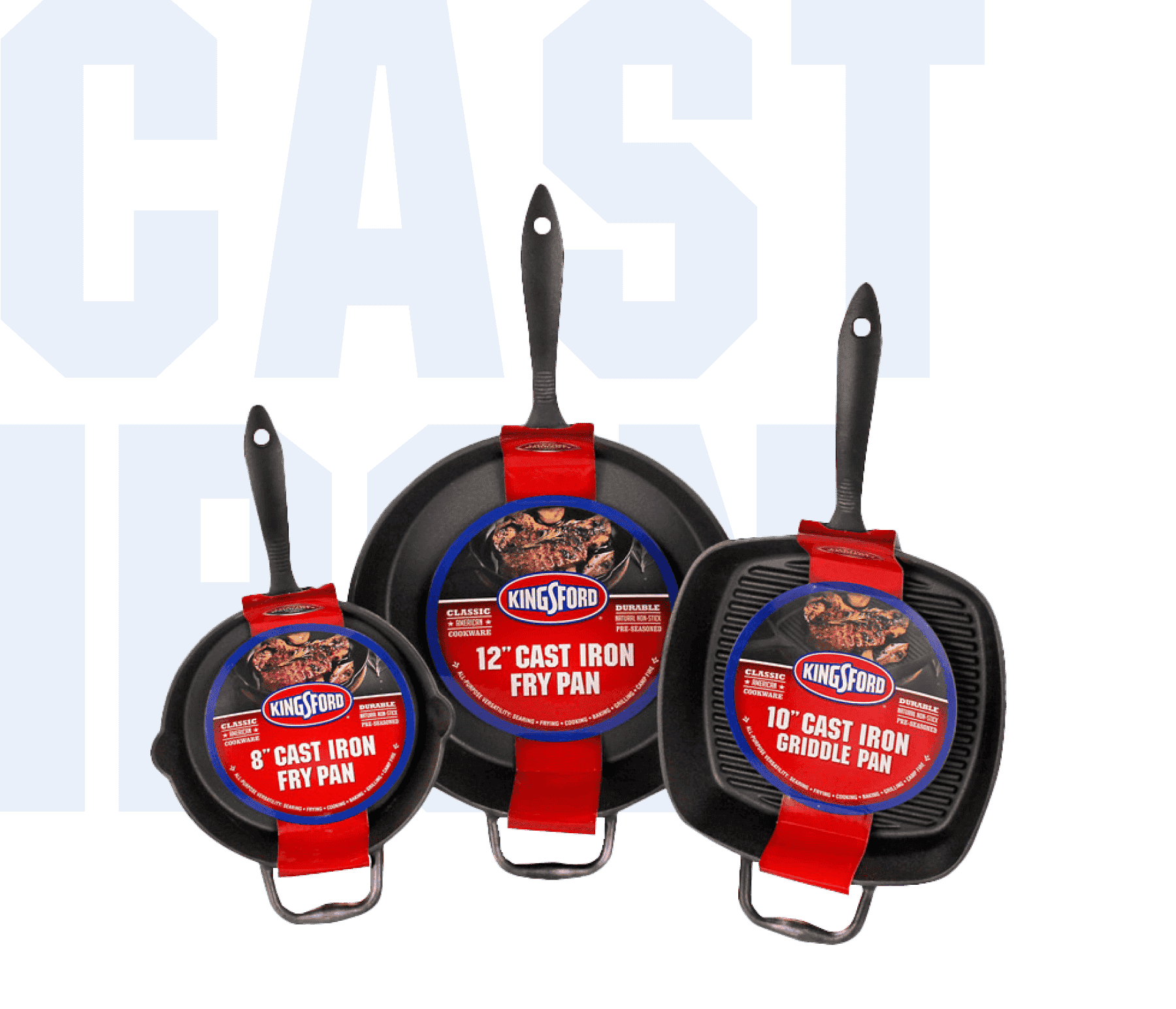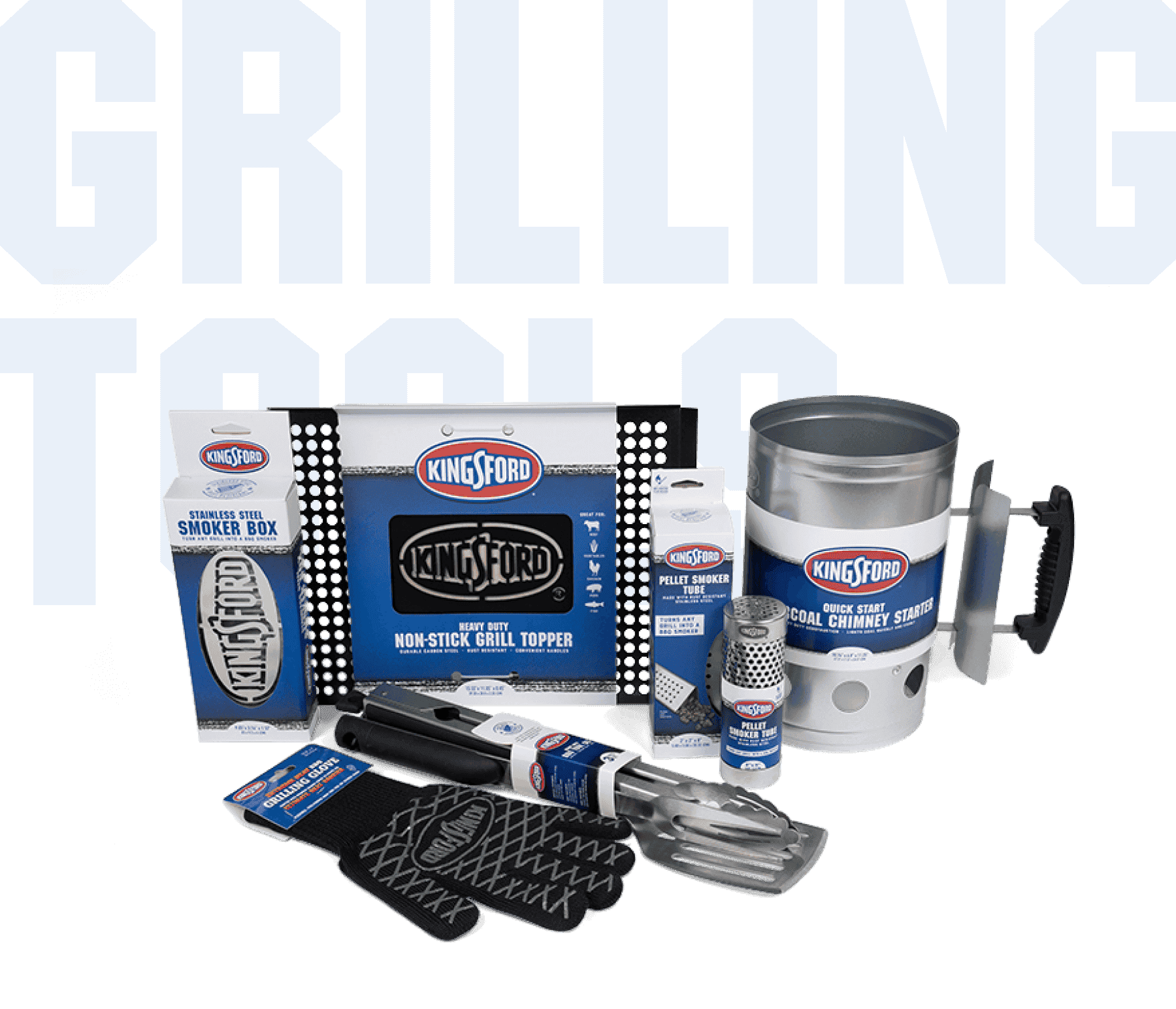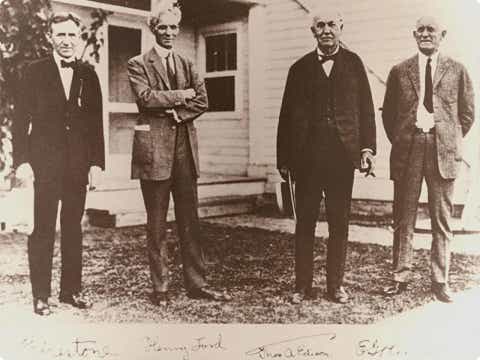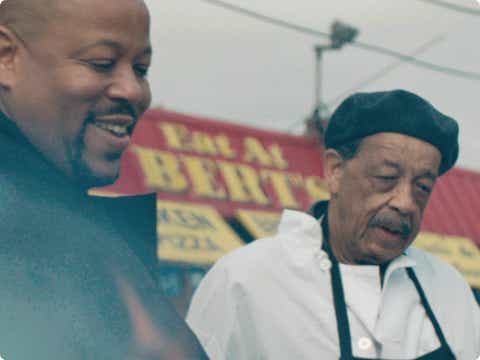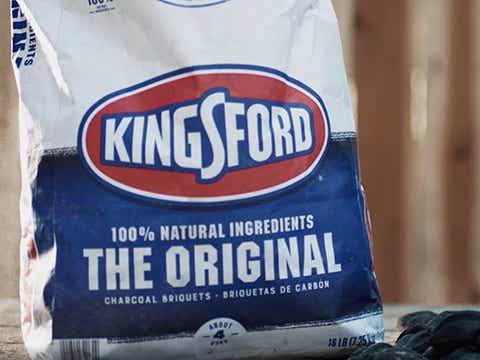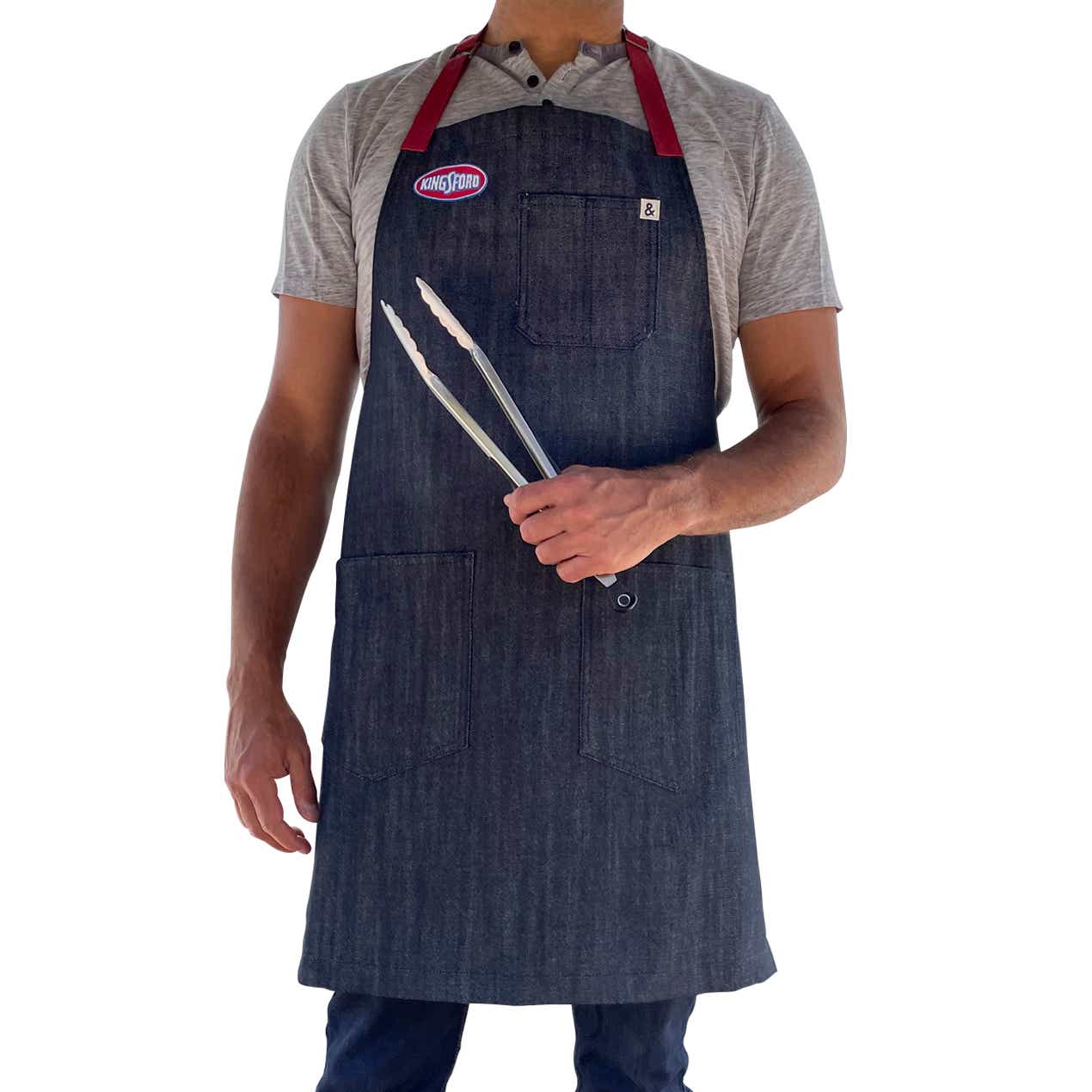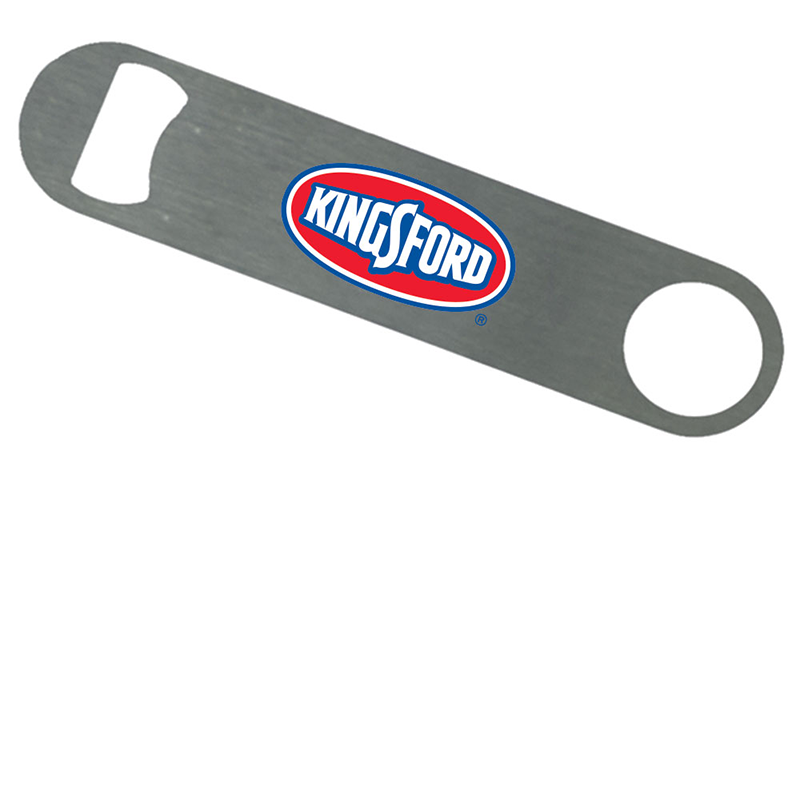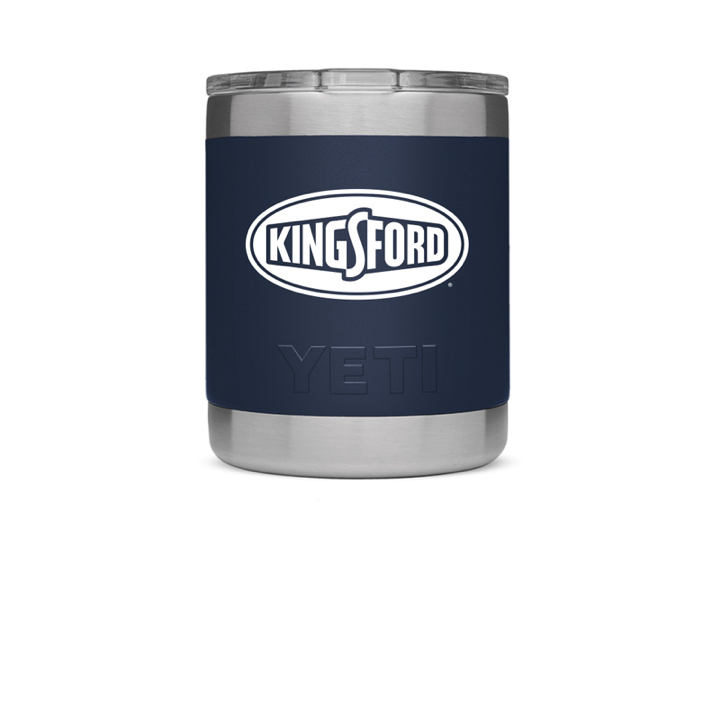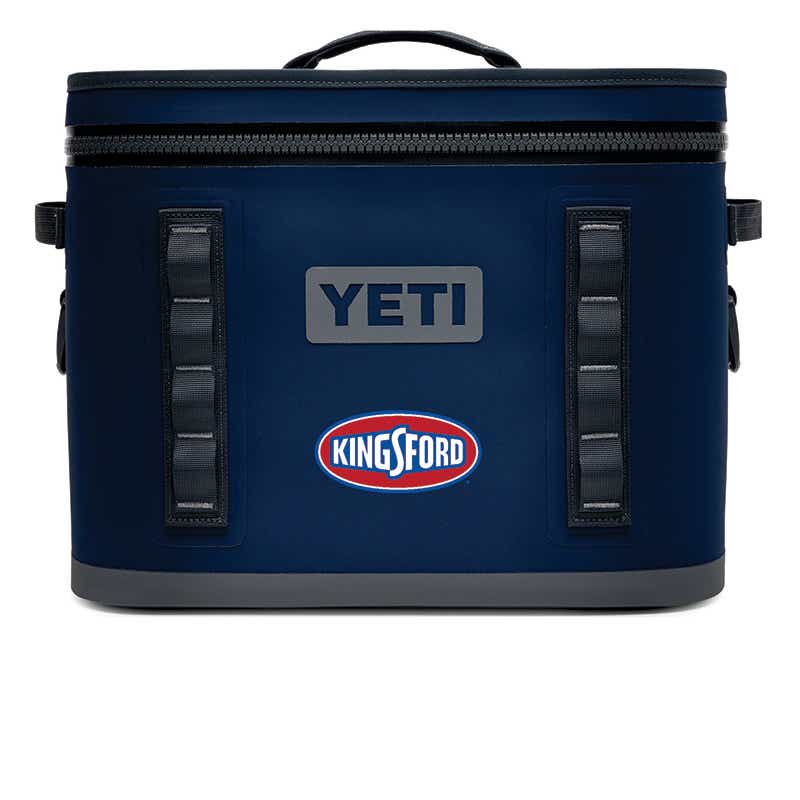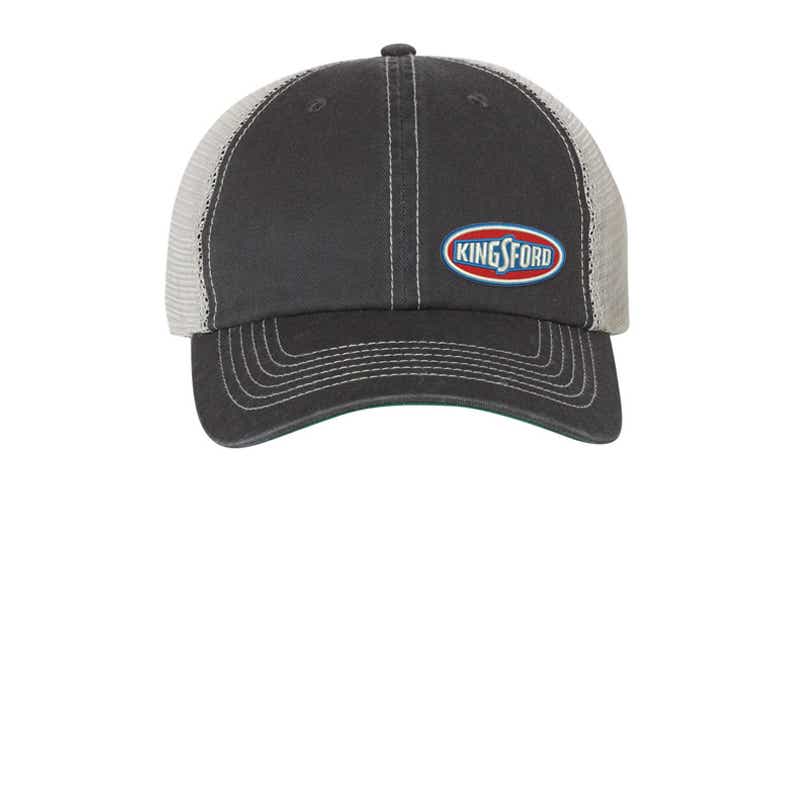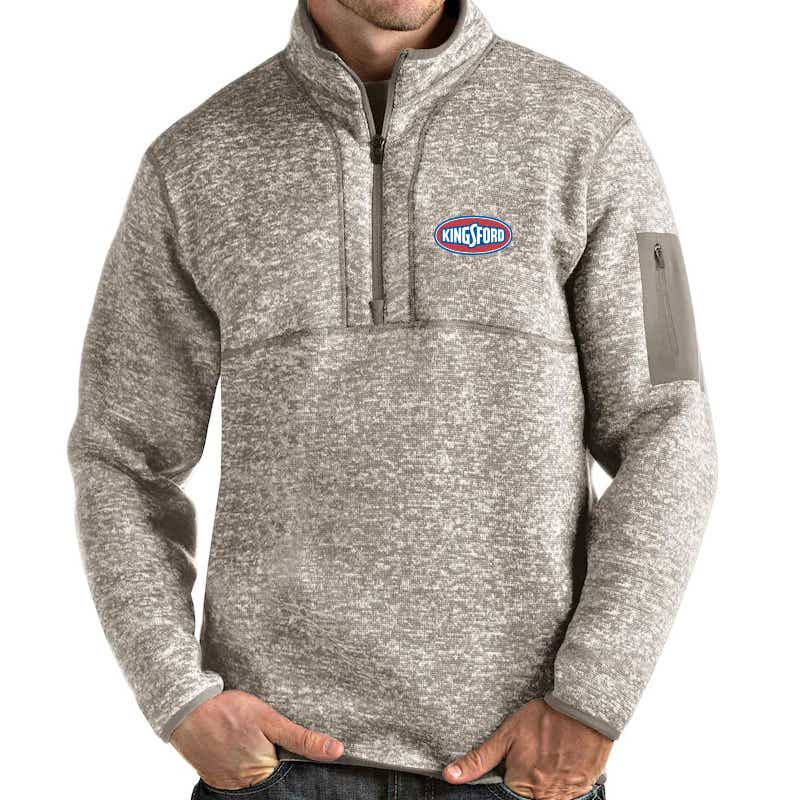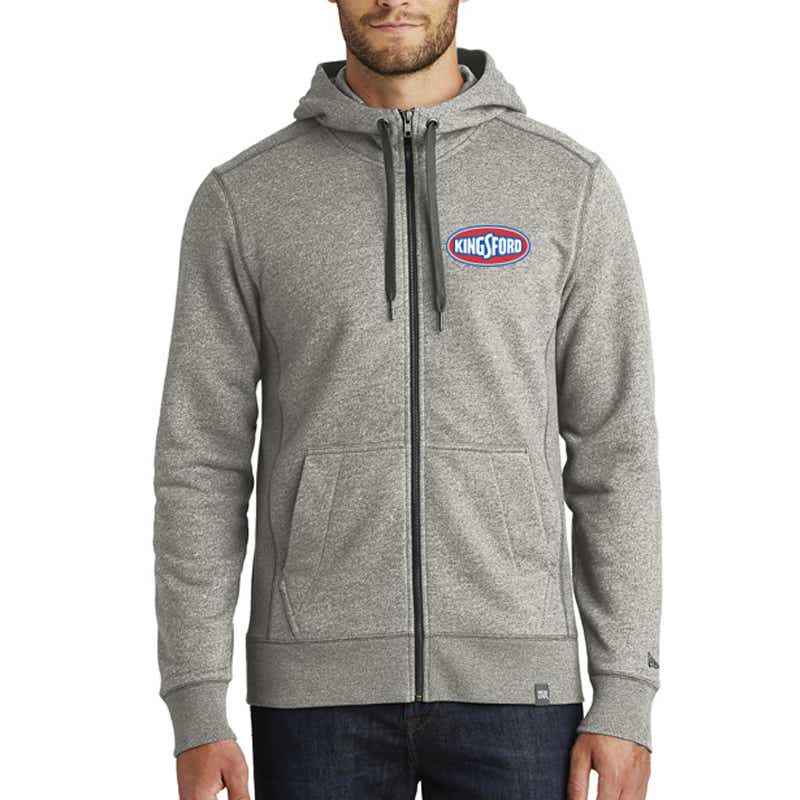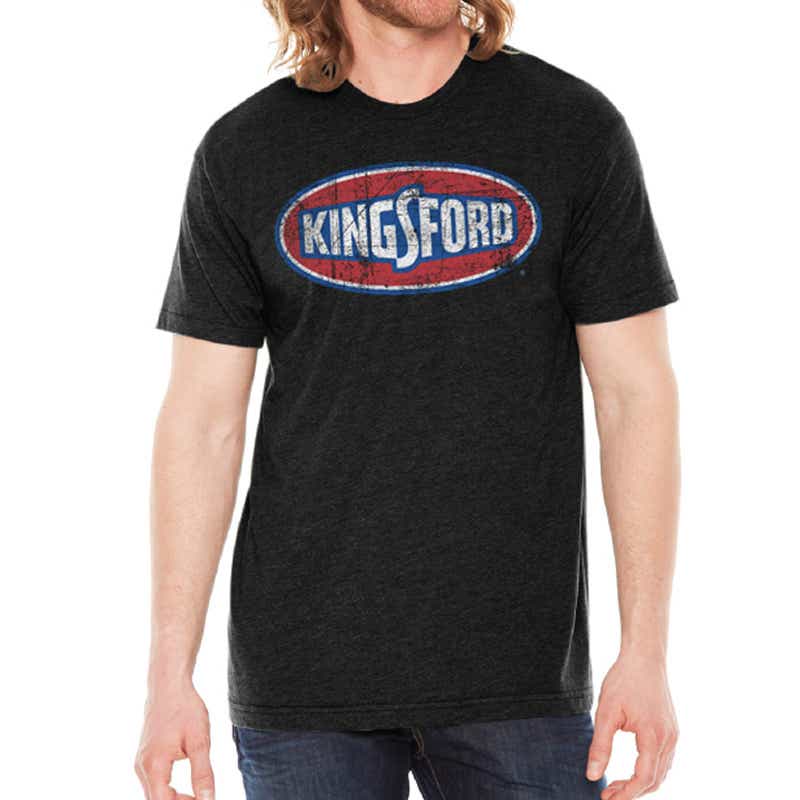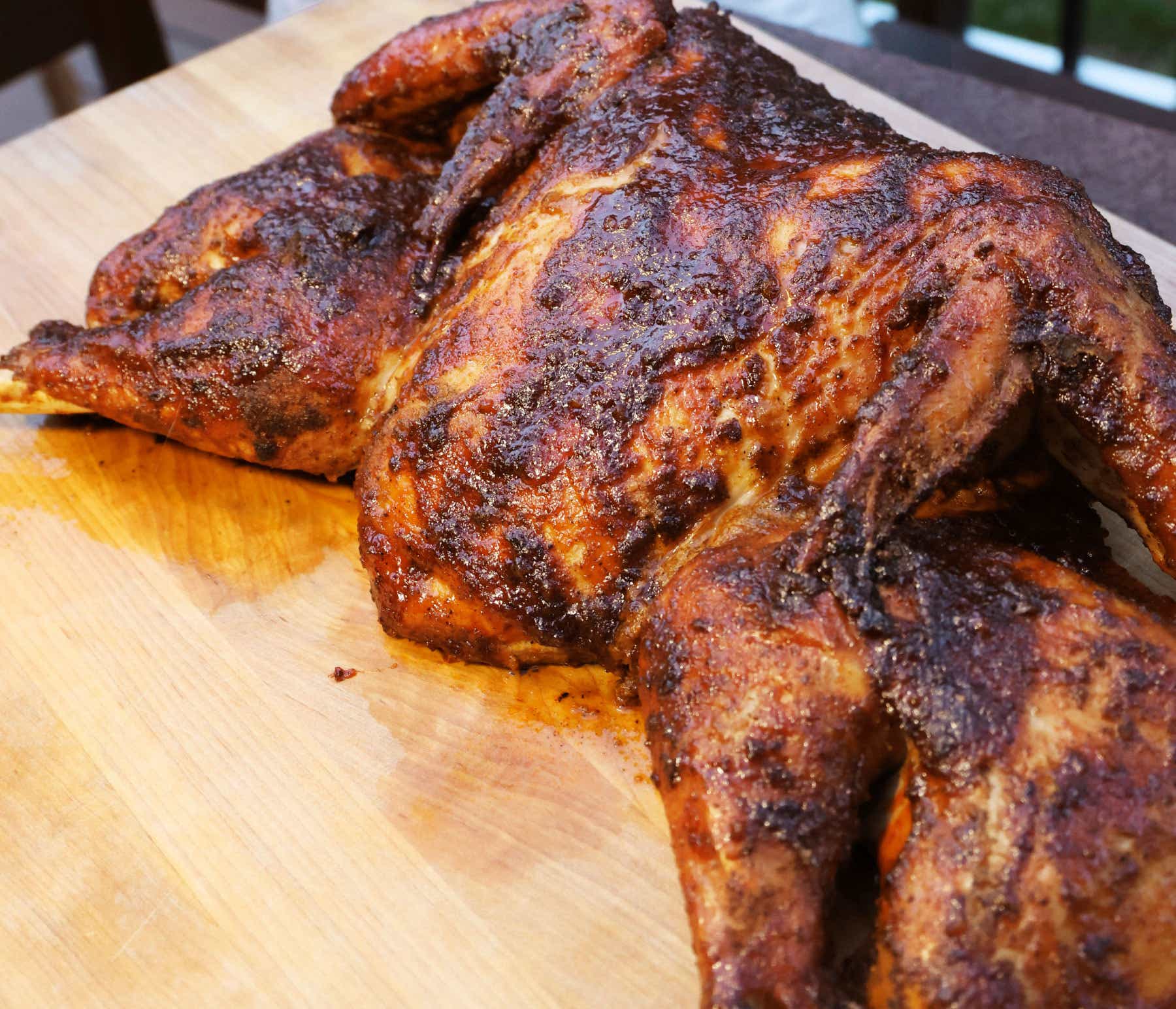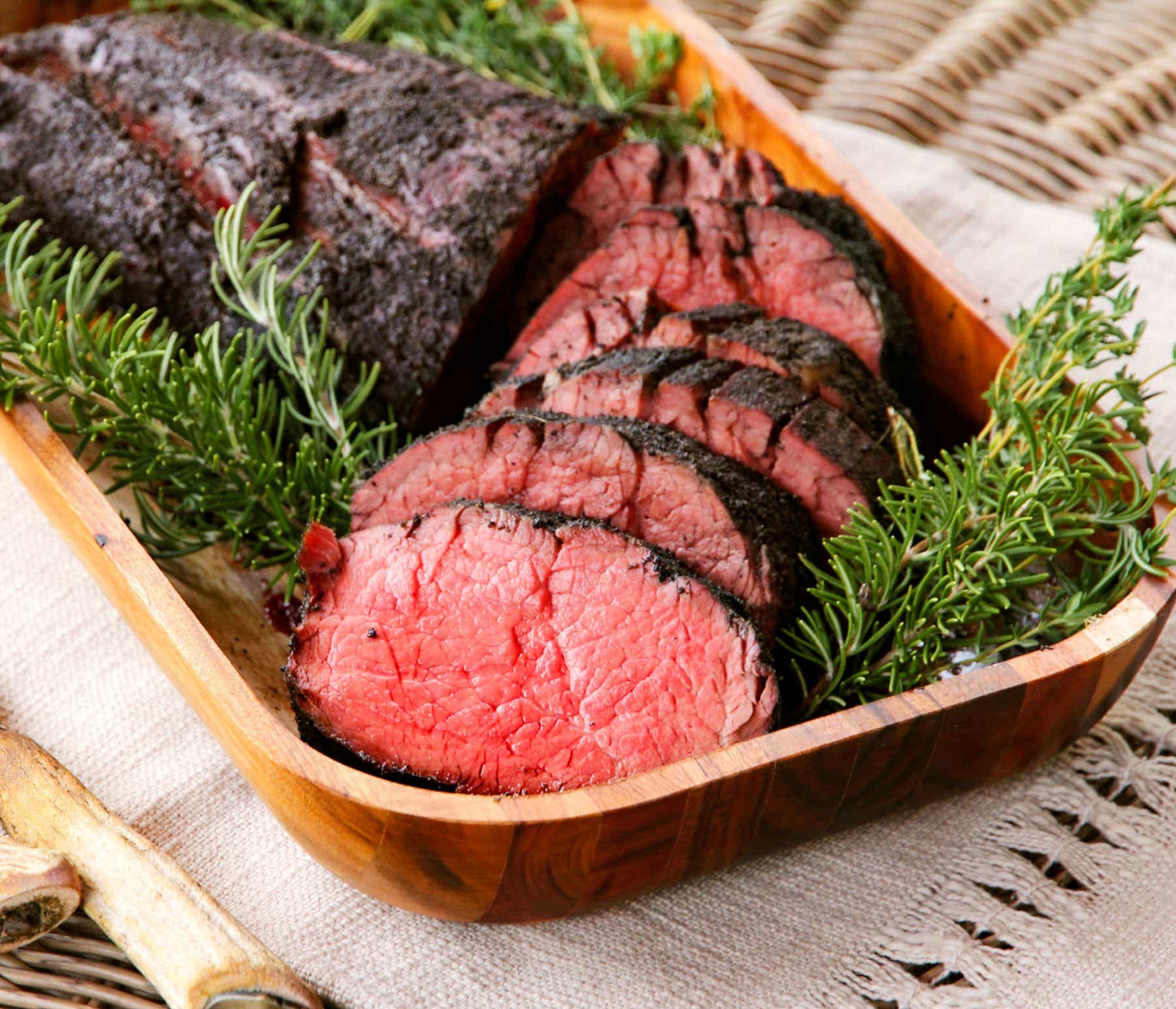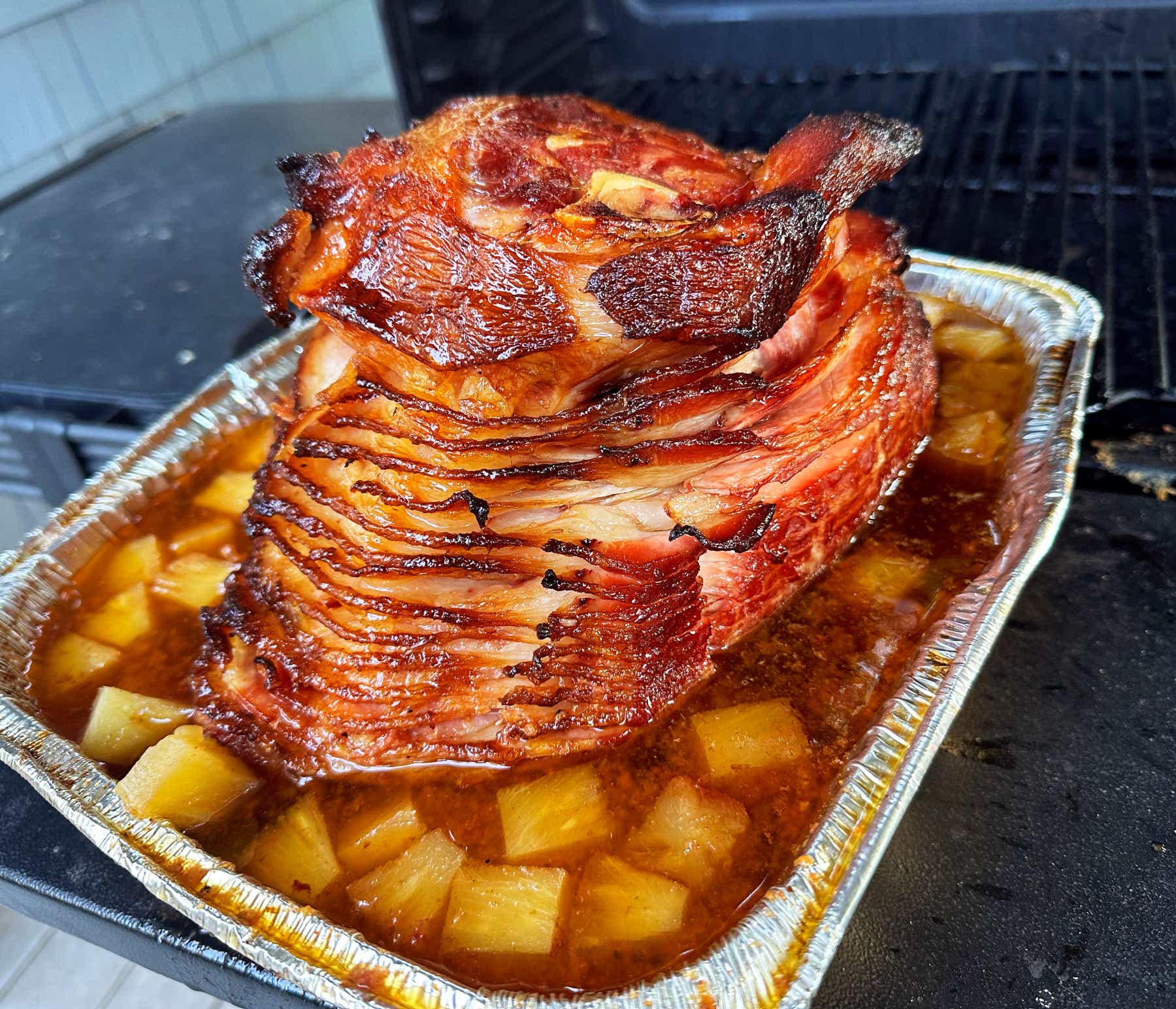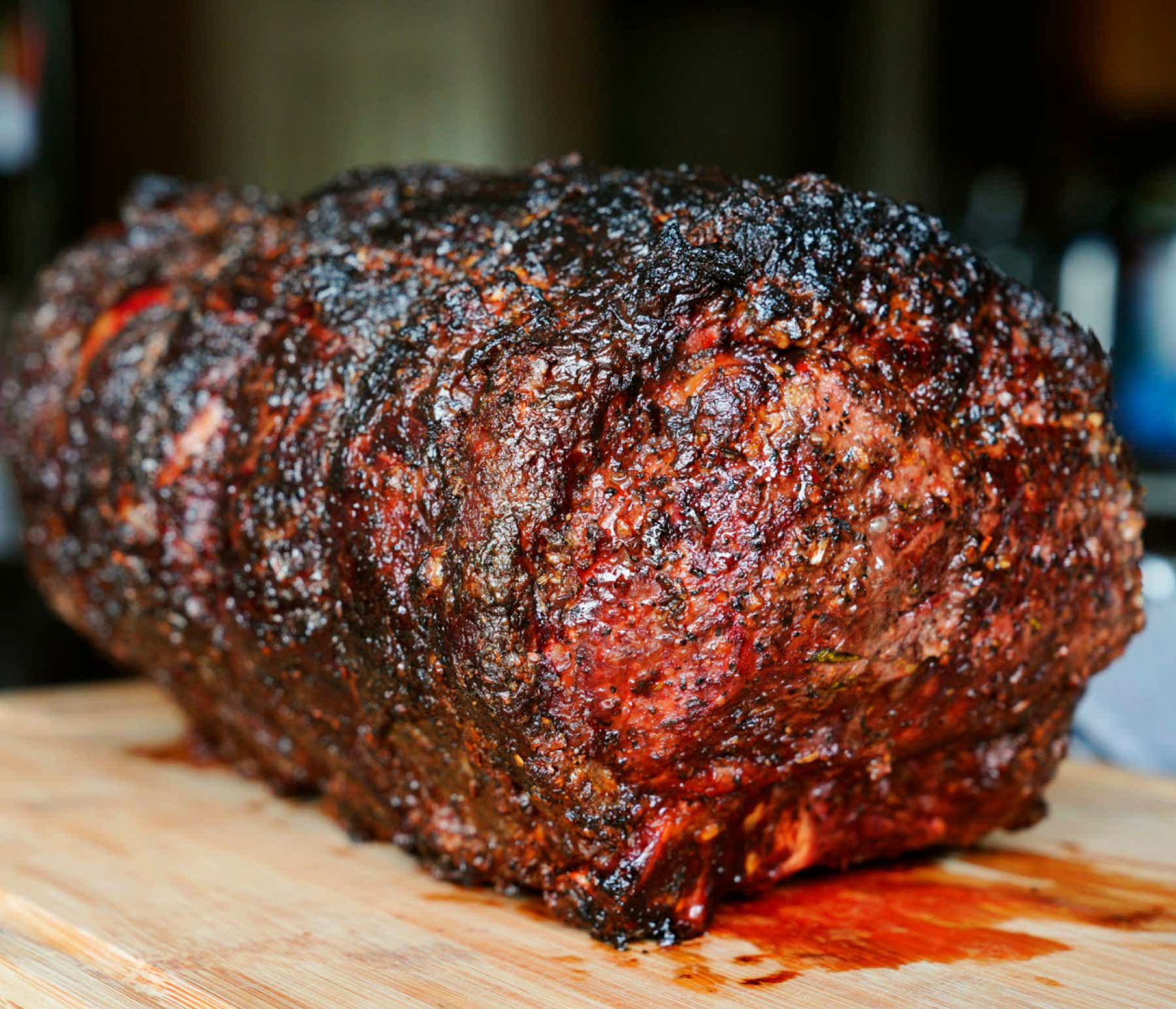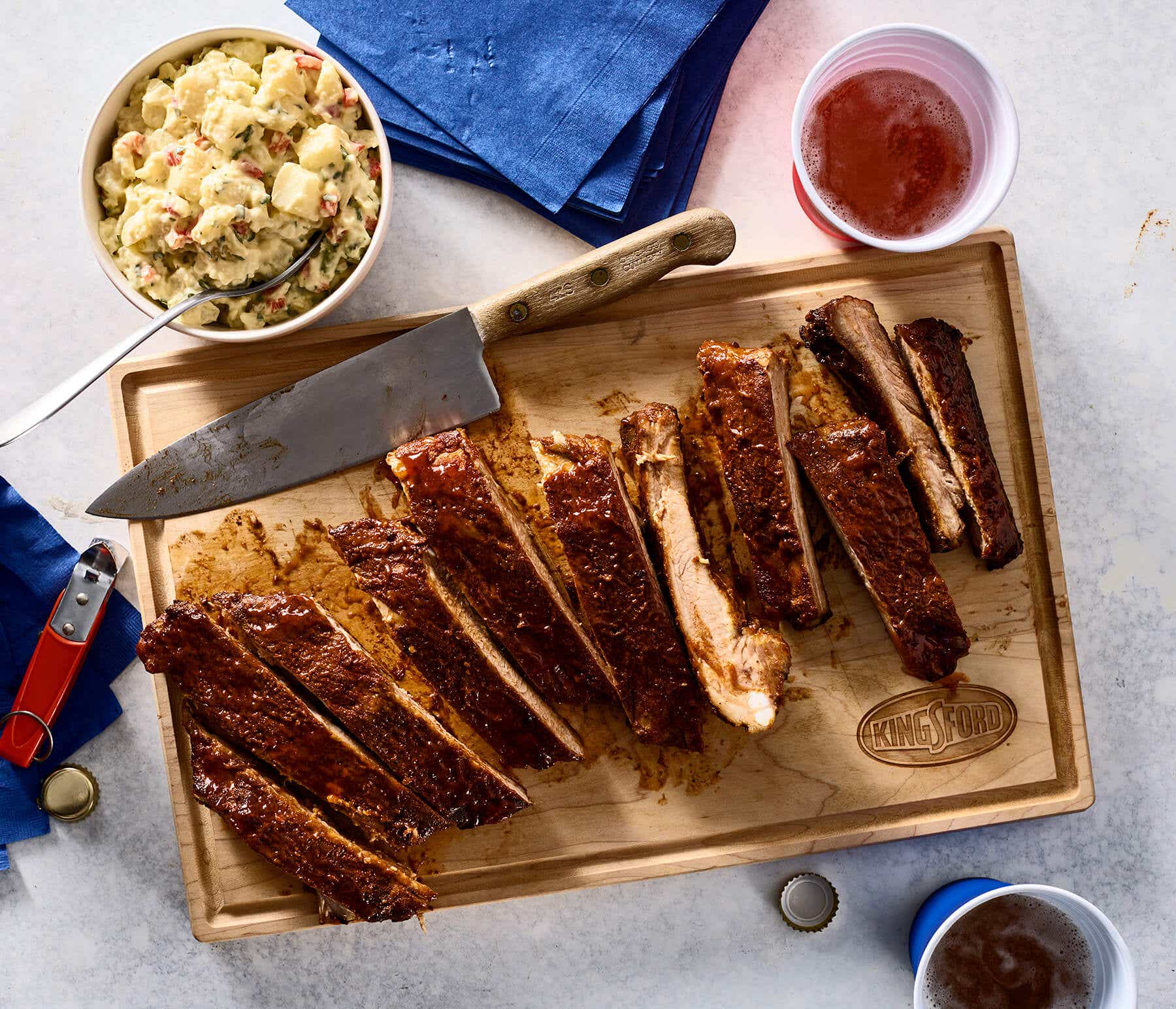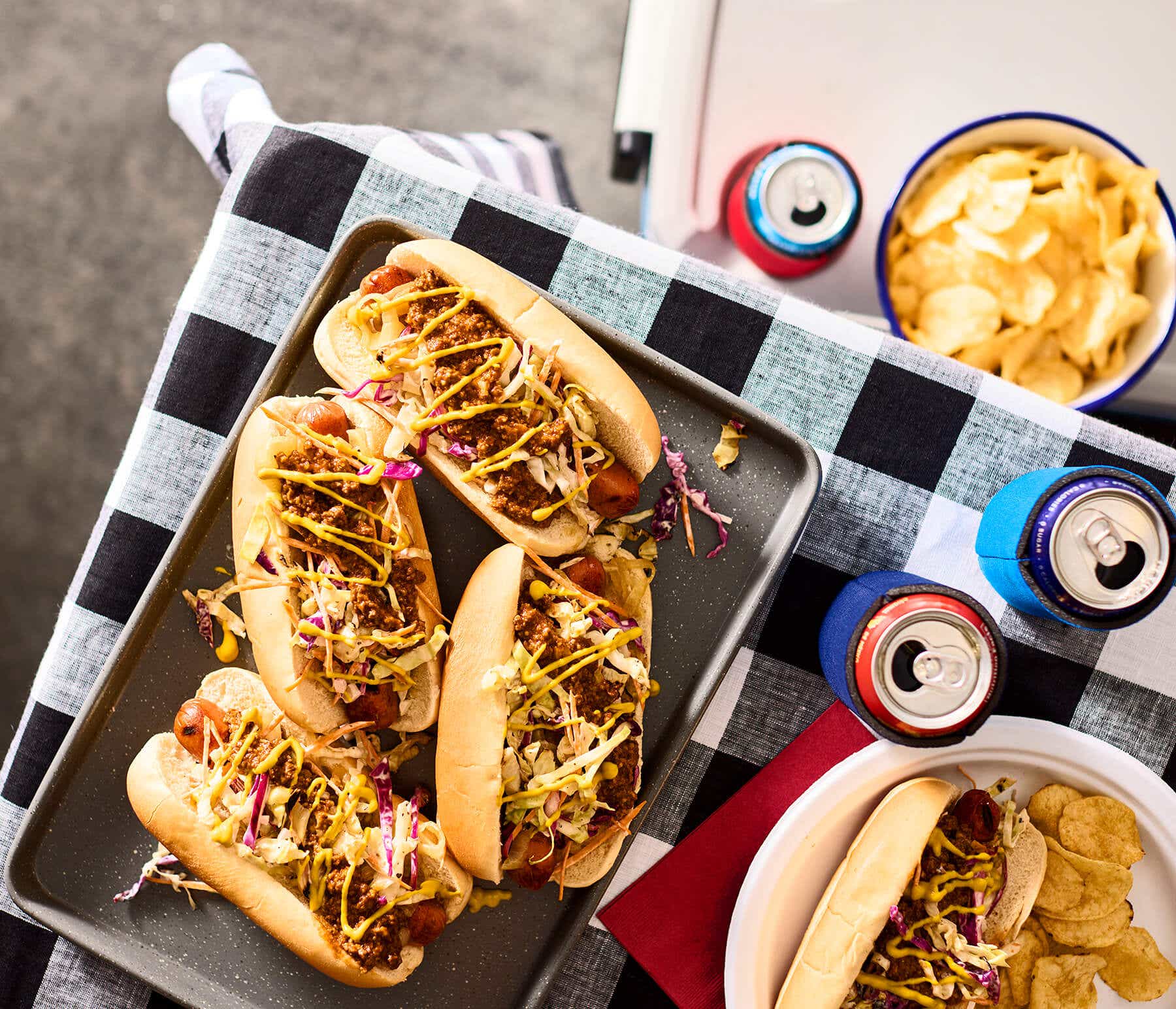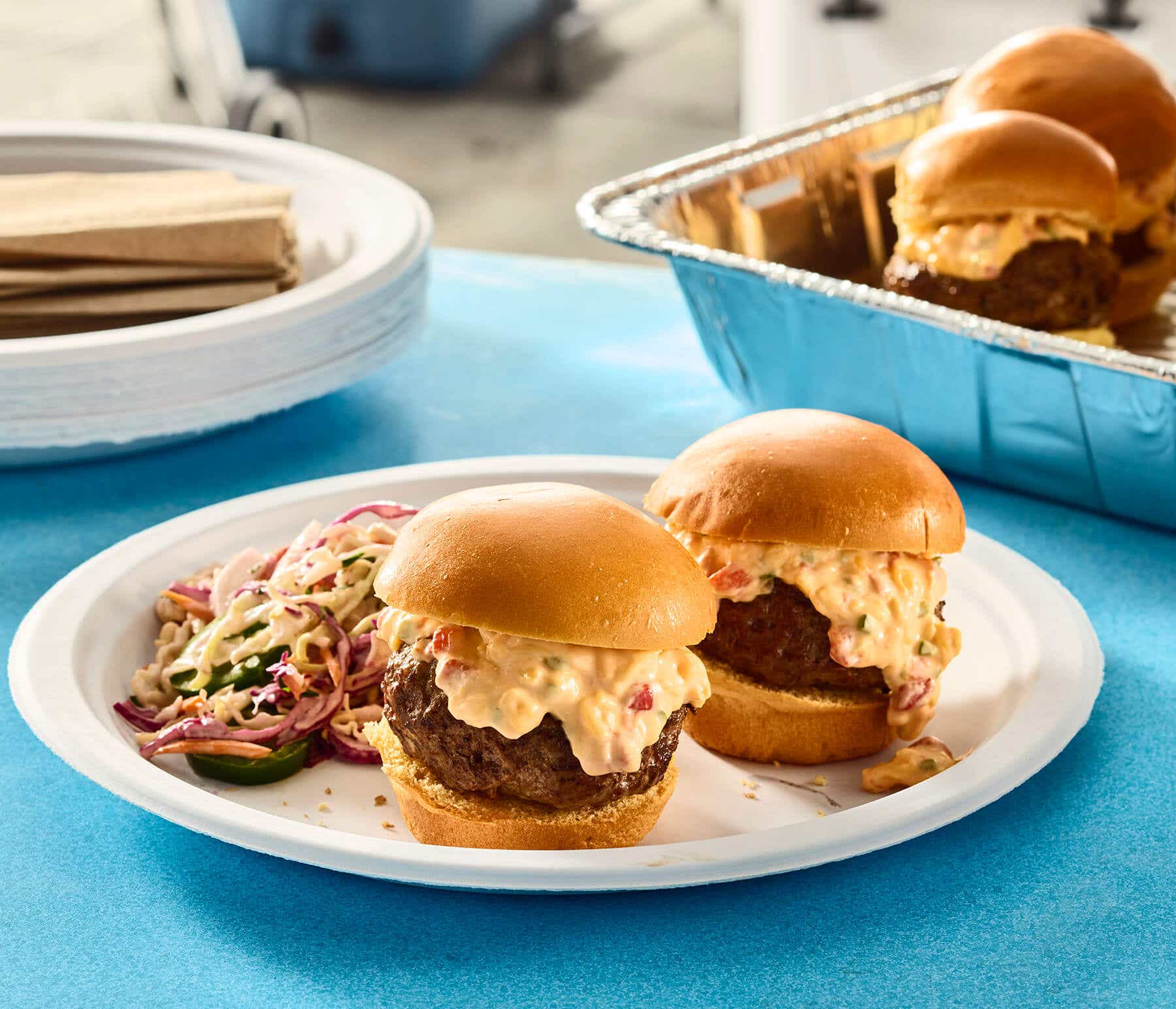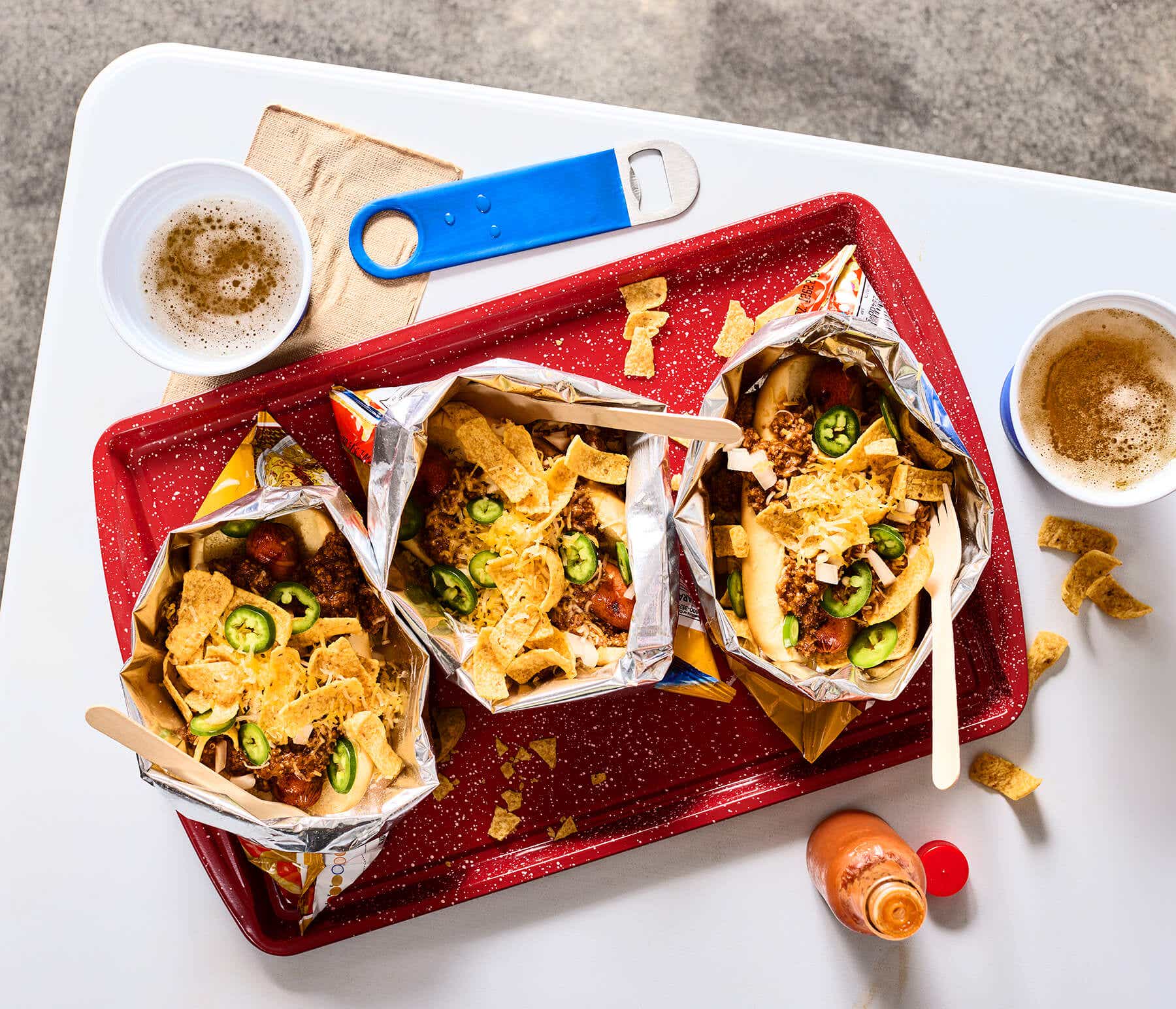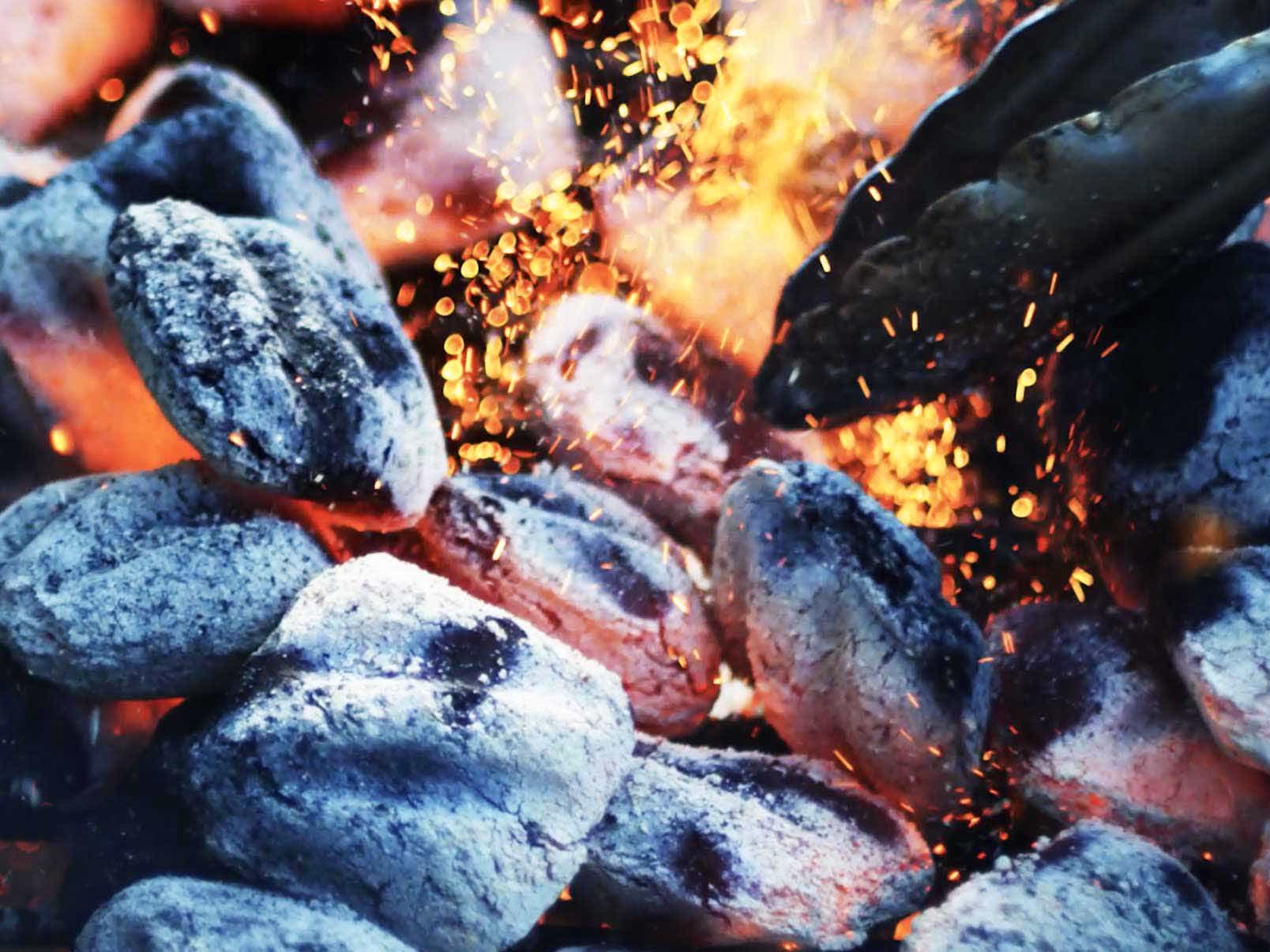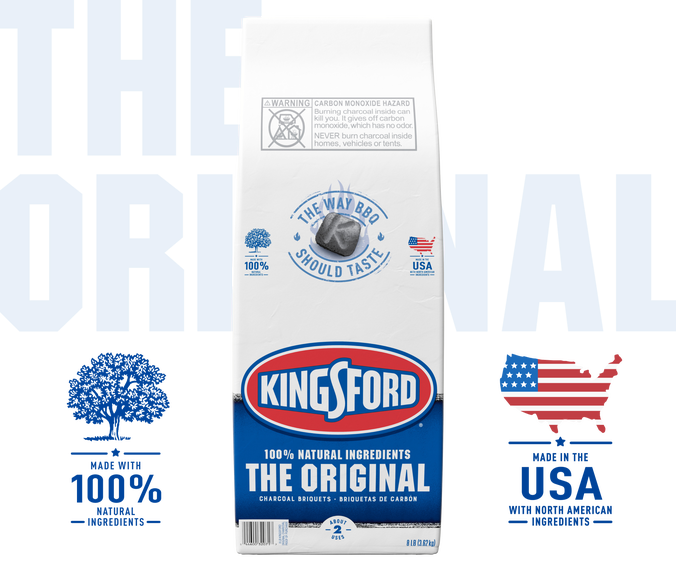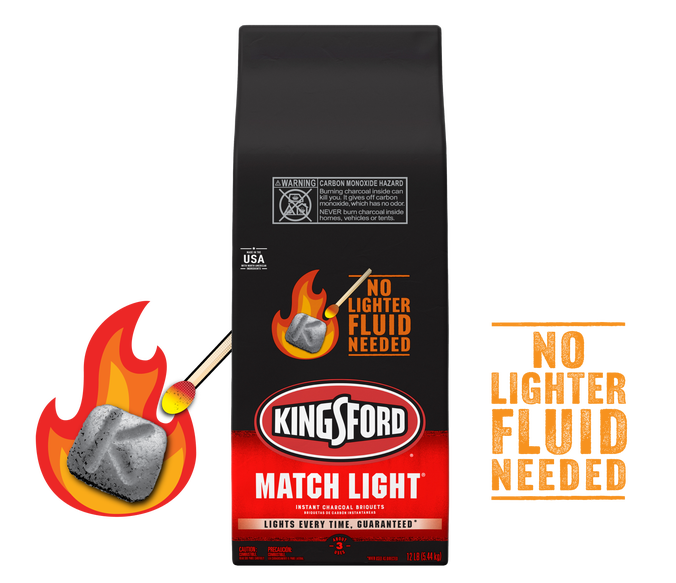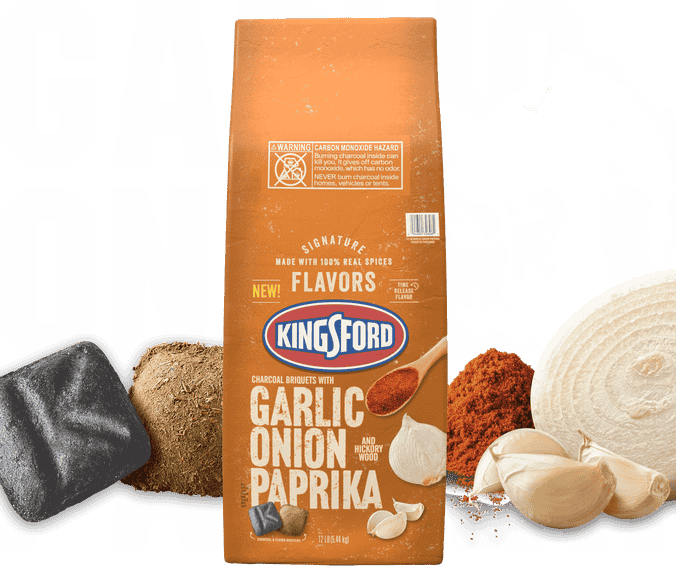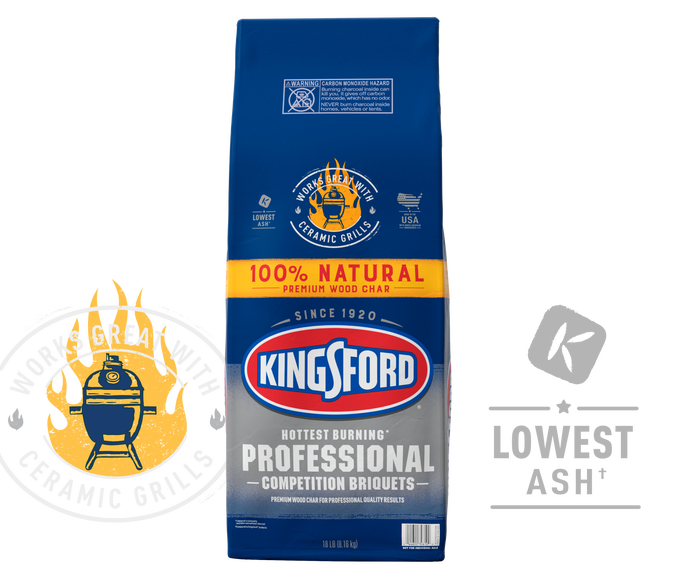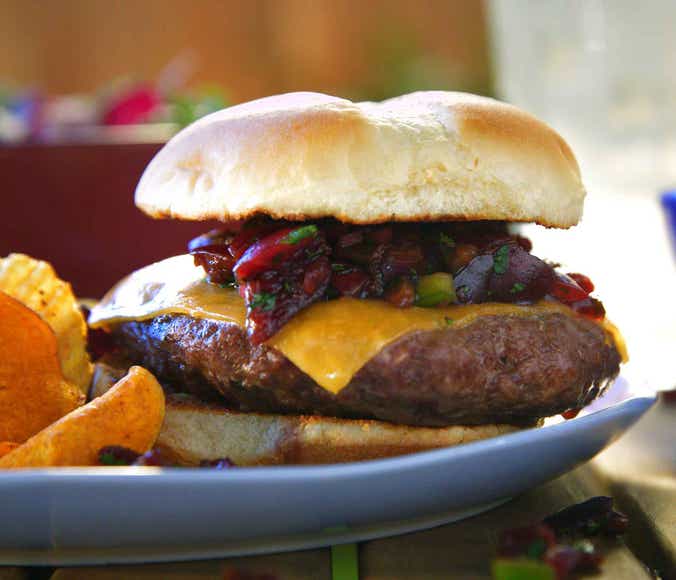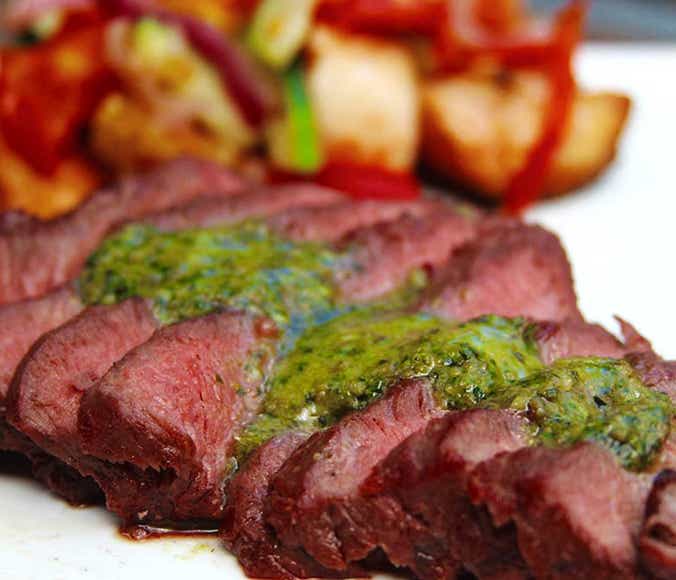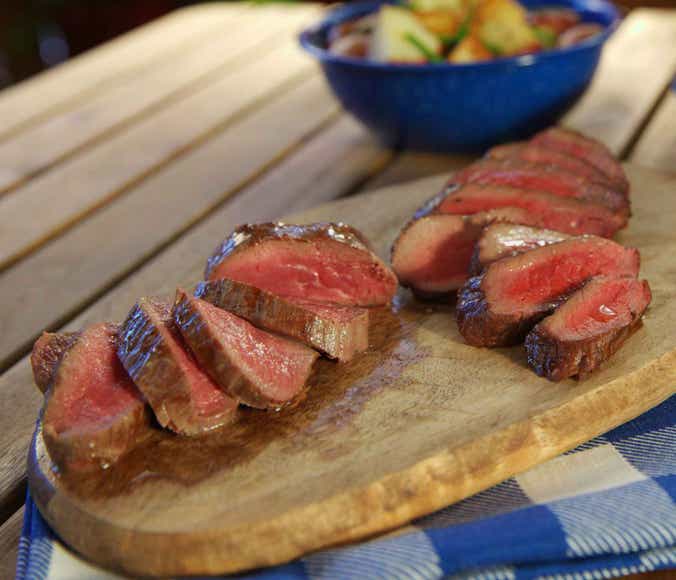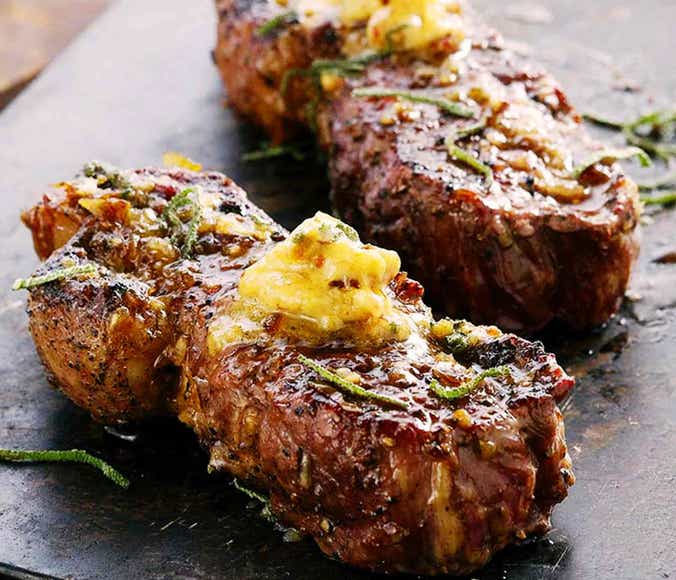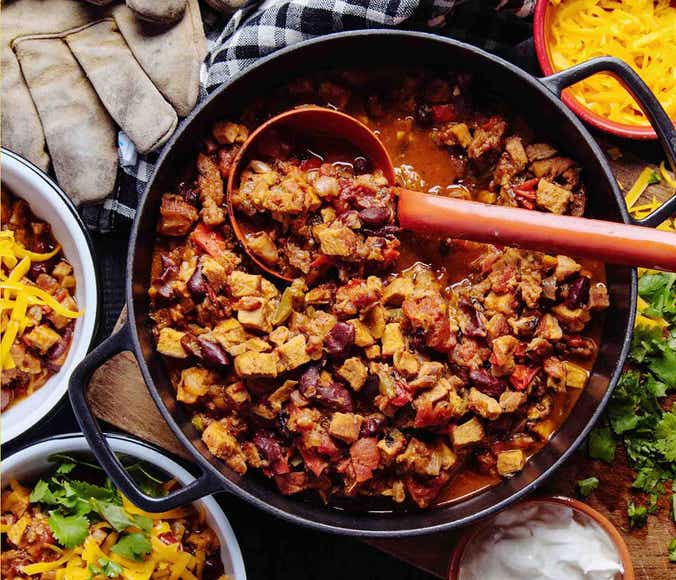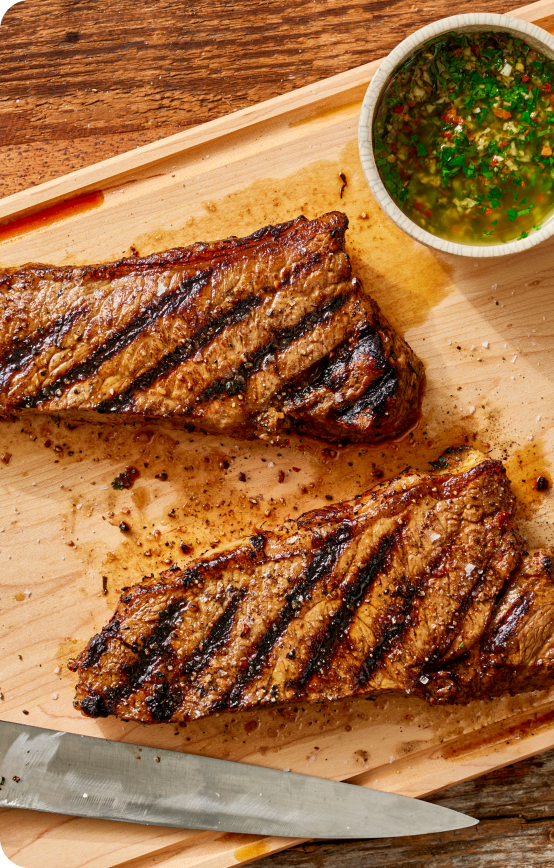How to Arrange Charcoal Before Grilling
Discover the best ways to grill and smoke using Kingsford® Charcoal Briquets. We’ll show you how much charcoal you should be using to achieve the right grilling temperature, and techniques to use for different types of food. It’s easy — just follow along.
What You’ll Need
Below is a list of items you may need, depending on the grilling method you choose.
- Kingsford® Charcoal Briquets
- Match Light® Charcoal Briquets
- Kingsford® Charcoal Lighter Fluid
- Charcoal Grill, Kettle Grill or Smoker
- Standard Charcoal Chimney Starter
- Heat-Resistant Grilling Gloves
- Matches or Lighter Long-Handled Tongs or a Long-Handled Metal Spatula
- Foil Roasting Pan
How Much Charcoal Should I Use?
- The answer depends on what you’re cooking, how much you’re cooking and how hot you want your grill.
- This chart is based on the size of a standard charcoal chimney, which holds about 100 charcoal briquets.
- Keep in mind, the maximum temperature and length of the cook depend on how you spread out the coals: – If you spread the lit coals in a thin layer, across a larger area, temperatures will be lower and the heat will dissipate faster. – If your layer is deeper and the coals are more concentrated, temperatures will be higher and stay hot longer.
How Much Charcoal Should I Use?
HIGH HEAT 450° TO 550° |
MEDIUM HEAT 350° TO 450° |
LOW HEAT 250° TO 350° |
|---|---|---|
1 Full Chimney ~100 charcoal briquets |
1/2 Chimney ~50 charcoal briquets |
1/4 Chimney ~25 charcoal briquets |
|
4 Pounds
Charcoal Briquets arranged in a pile |
2 Pounds
Charcoal Briquets arranged in a pile |
1 Pound
Charcoal Briquets arranged in a pile |
Exactly How Hot Are the Coals?
- The most accurate way to gauge temperature is with a thermometer. But don’t worry, if your cooker doesn’t have one built in, you can use the hand test.
-
How to Gauge Grill Heat Without a Thermometer
Carefully hold your hand about 5” to 6” above the grate, and refer to the temperature settings below:
• High Heat (450° to 550°F):
2 to 4 seconds
• Medium Heat (350° to 450°F):
5 to 6 seconds
• Low Heat (250° to 350°F):
8 to 10 seconds
Make sure your clothing doesn’t touch the grate, and always move your hand away from the heat before you feel discomfort.
When you’re at temp, put cooking oil on a folded paper towel. Grab the oiled paper towel with long-handled tongs and oil the grate thoroughly.
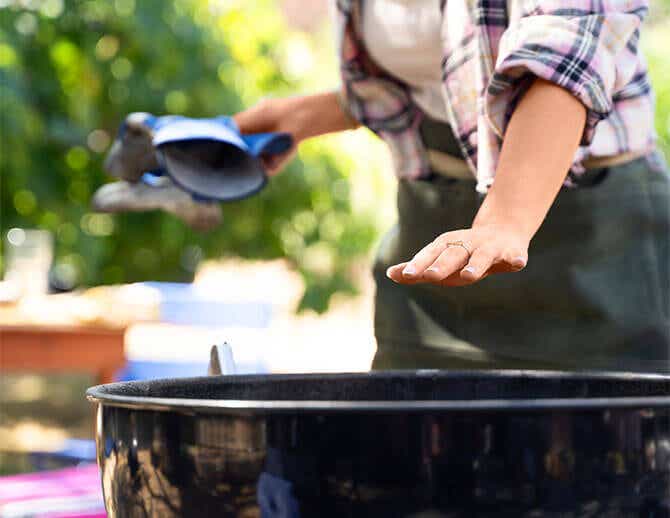
Exactly How Hot Are the Coals?
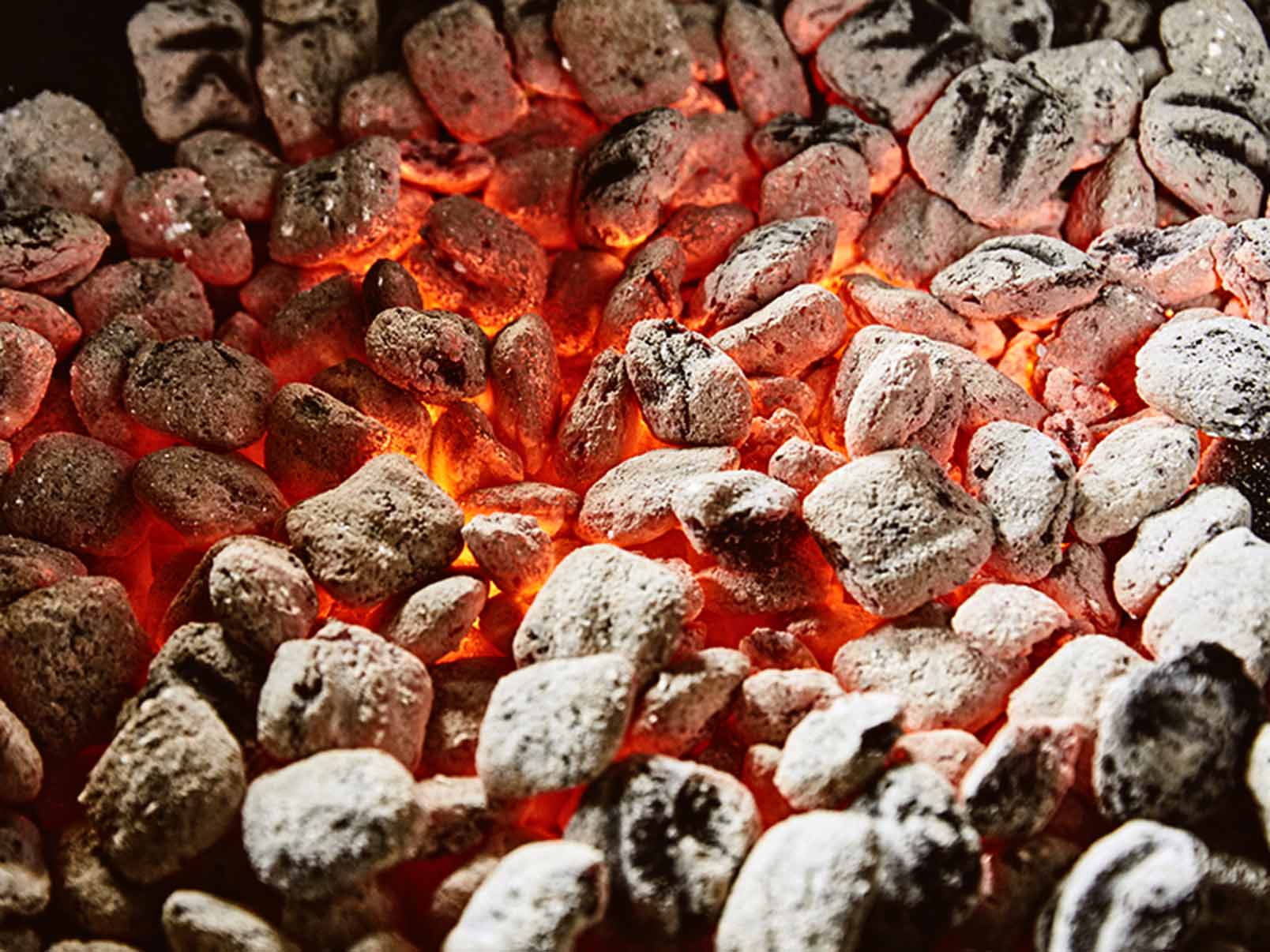
Direct-Heat Grilling
- Ideal for high-heat grilling and thin cuts of meat.
- High heat: 450°F to 550°F.
- Charcoal needed: 1 whole chimney, about 100 Kingsford® Charcoal Briquets, or light a pile of about 4 lb. of Kingsford® Charcoal Briquets.
- Light the coals using the Chimney Method; Using Lighter Fluid; or using Match Light® Charcoal Briquets.
- Once lit, use tongs or a metal spatula to spread the coals evenly across the surface to the lower grate. Unless cooking space is at a premium, it’s best to leave at least a small area with no coals to manage flare-ups and provide a cool zone. Flare-ups happen — don’t worry!
-
Here’s How to Handle a Flare-Up
Flare-ups happen to even the most skilled grill masters. Flare-ups are just fat rendering and dripping onto the coals. With a long-handled, metal spatula, simply move your food to the other side of the grate, shut the bottom dampers, and close the grill lid until the flames subside.
Credit: World Champion Pitmaster Chris Lilly of Big Bob Gibson Bar-B-Q.
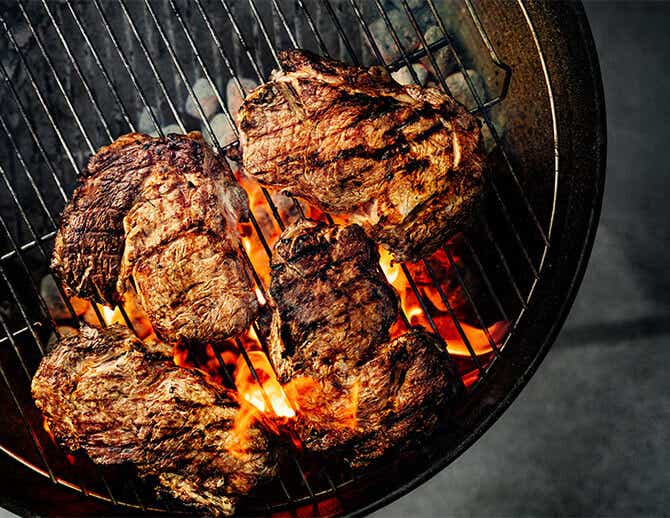
- Once the coals reach high heat — 450°F to 550°F, you’re ready to grill!
-
How to Gauge Grill Heat Without a Thermometer
Carefully hold your hand about 5” to 6” above the grate, and refer to the temperature settings below:
• High Heat (450° to 550°F):
2 to 4 seconds
• Medium Heat (350° to 450°F):
5 to 6 seconds
• Low Heat (250° to 350°F):
8 to 10 seconds
Make sure your clothing doesn’t touch the grate, and always move your hand away from the heat before you feel discomfort.
When you’re at temp, put cooking oil on a folded paper towel. Grab the oiled paper towel with long-handled tongs and oil the grate thoroughly.

Direct-Heat Grilling
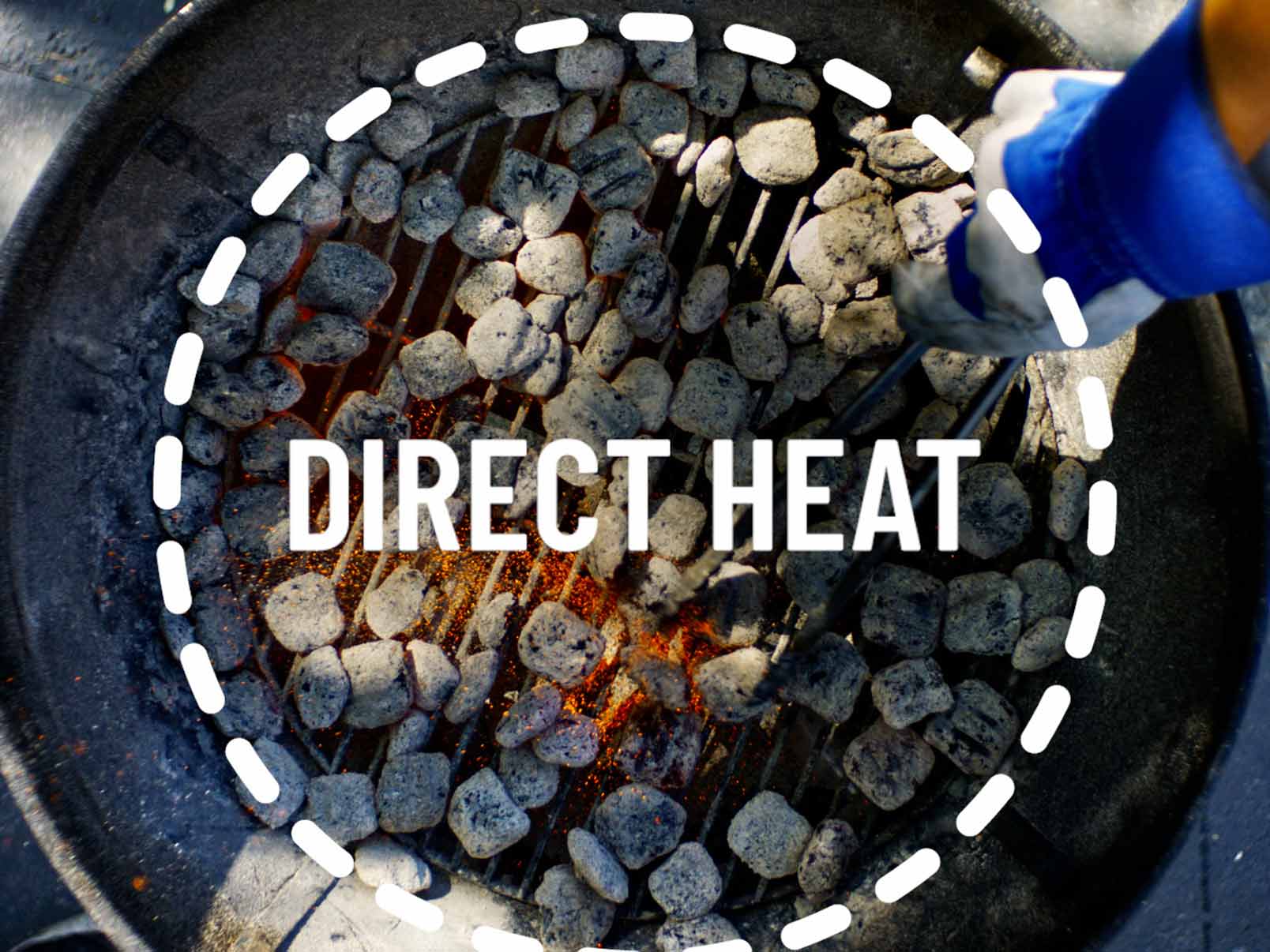
Two-Zone Method
- Your go-to configuration for almost everything! It’s ideal for steaks, chops, bone-in and boneless chicken cuts and seafood.
- High heat: 450°F to 550°F.
- Medium heat: 350°F to 450°F.
- Charcoal needed: ½ to 1 whole chimney to start, about 50 to 100 Kingsford® Charcoal Briquets, or light a pile of 2 to 4 lb.of of Kingsford® Charcoal Briquets.
- Light the coals using the Chimney Method; Using Lighter Fluid; or using Match Light® Charcoal Briquets.
- Once lit, grab your tongs or metal spatula to spread the coals to cover half of the lower grate.
- This void space, free of coals directly underneath the grates, is still hot. Food will cook there — just not as fast as on the direct side, right above the grate.
- Use the hot side of your grill for direct cooking with high heat — for example, searing a steak for color, caramelization and grill marks. Use the other side for slow, indirect cooking and to let foods cook through after searing.
- The coal-free side also serves as a flame-free zone to manage flare-ups. Flare-ups happen — don’t worry!
-
Here’s How to Handle a Flare-Up
Flare-ups happen to even the most skilled grill masters. Flare-ups are just fat rendering and dripping onto the coals. With a long-handled, metal spatula, simply move your food to the other side of the grate, shut the bottom dampers, and close the grill lid until the flames subside.
Credit: World Champion Pitmaster Chris Lilly of Big Bob Gibson Bar-B-Q.

- Once the coals reach your desired temp, you’re ready to grill.
-
How to Gauge Grill Heat Without a Thermometer
Carefully hold your hand about 5” to 6” above the grate, and refer to the temperature settings below:
• High Heat (450° to 550°F):
2 to 4 seconds
• Medium Heat (350° to 450°F):
5 to 6 seconds
• Low Heat (250° to 350°F):
8 to 10 seconds
Make sure your clothing doesn’t touch the grate, and always move your hand away from the heat before you feel discomfort.
When you’re at temp, put cooking oil on a folded paper towel. Grab the oiled paper towel with long-handled tongs and oil the grate thoroughly.

Two-Zone Method
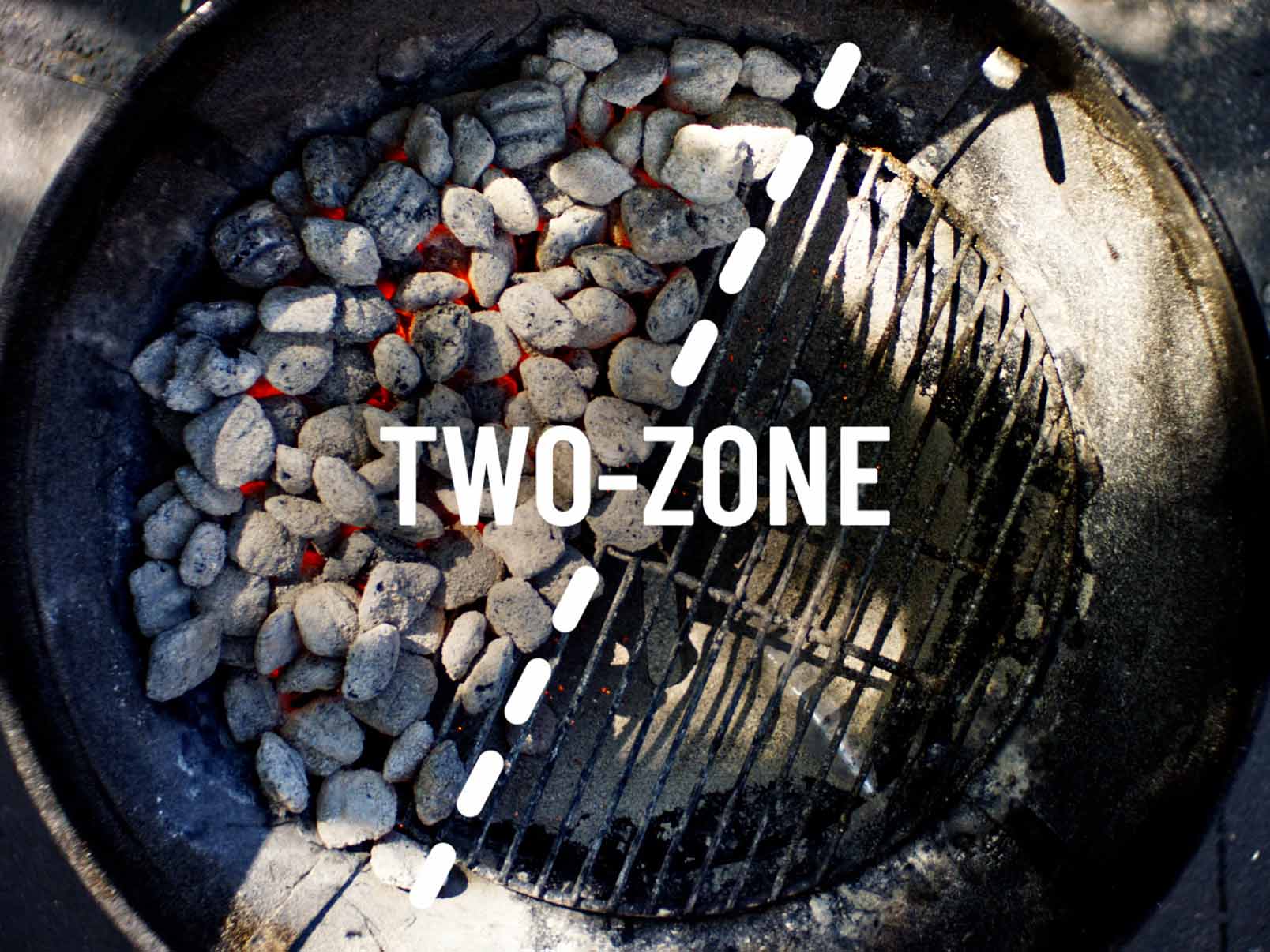
Two-Zone Fire: Parallel Configuration
- Ideal for smoking and low-temp cooking for larger roasts, whole chickens and turkeys.
- Low heat: 250°F to 350°F.
- Charcoal needed: 1 whole chimney to start, about 100 Kingsford® Charcoal Briquets or 4 lb. of Kingsford® Charcoal Briquets arranged in a pile, additional coals will be needed later.
- Light the coals using the Chimney Method; Using Lighter Fluid; or using Match Light® Charcoal Briquets.
- Once lit, grab your tongs or a long-handled metal spatula to spread the coals along either side of the grill, leaving the center void of coals.
- Place a foil roasting pan with hot water in this empty space to help regulate temp and add moisture to the grill.
Two-Zone Fire: Parallel Configuration
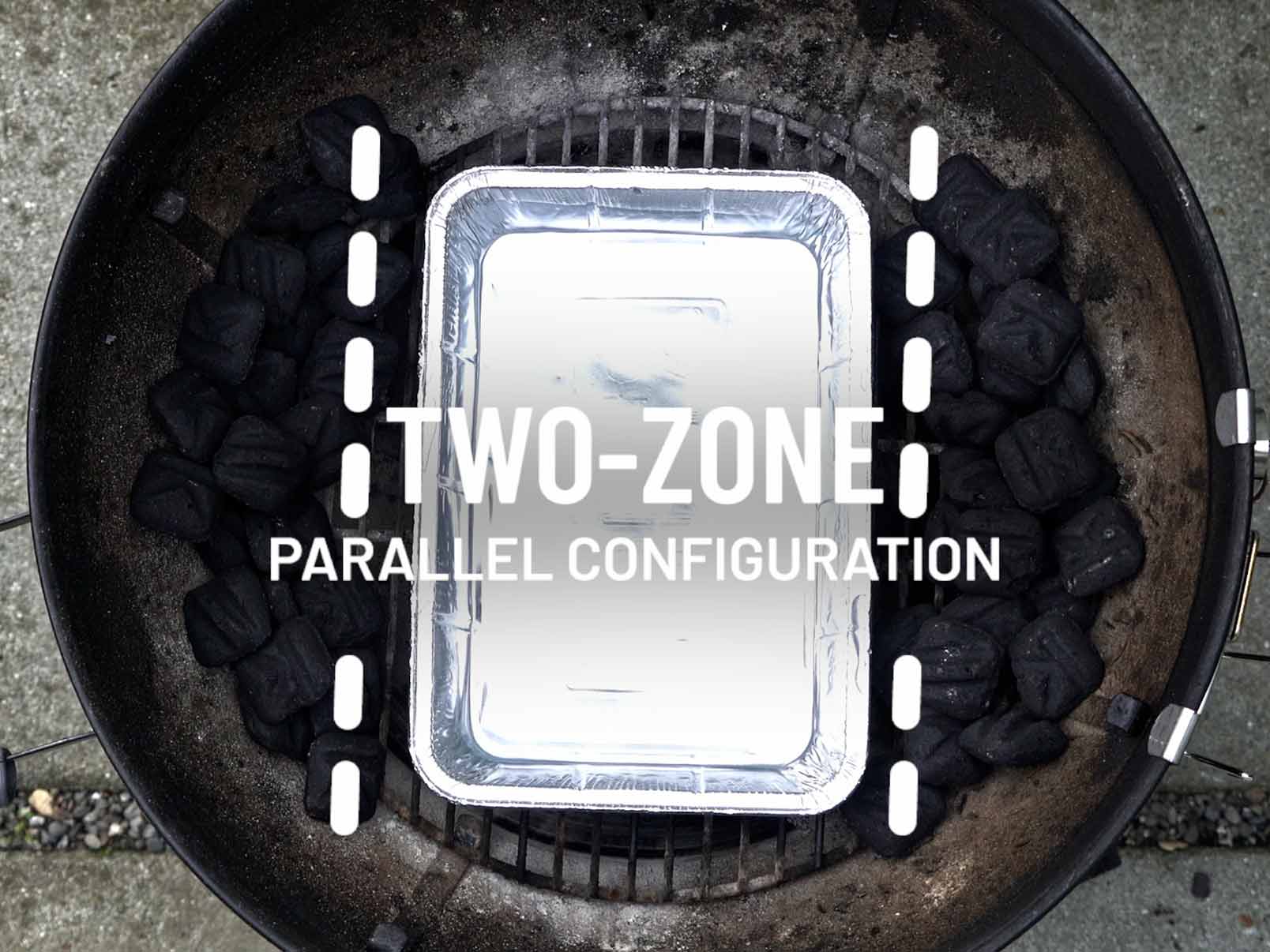
The Charcoal Snake
- A popular method for long, slow smoking in a kettle grill.
- Low heat: 225°F to 250°F.
- Charcoal needed: 100 unlit Kingsford® Charcoal Briquets. 6 to 8 lit coals to start the snake. Additional coals will be needed later.
- Lay out the unlit Kingsford® charcoal briquets in 2 rows along the outer edge of your grill ¾ of the way around. The 2 rows will form what looks like the letter C — or a snake — along the edge.
- Simply fill the charcoal bed with unlit coals and add only a few lit coals to the very top.
- The coals on top will slowly light those below them and burn down slowly over time.
- When ready, pile the lit coals at the head of the charcoal snake. The coals will burn slowly down the line for hours.
- Wait a few minutes, then add your meat for a long, slow smoke.
- If you need more time, you can always add more Kingsford® Original Charcoal Briquets to the end of the snake.
The Charcoal Snake
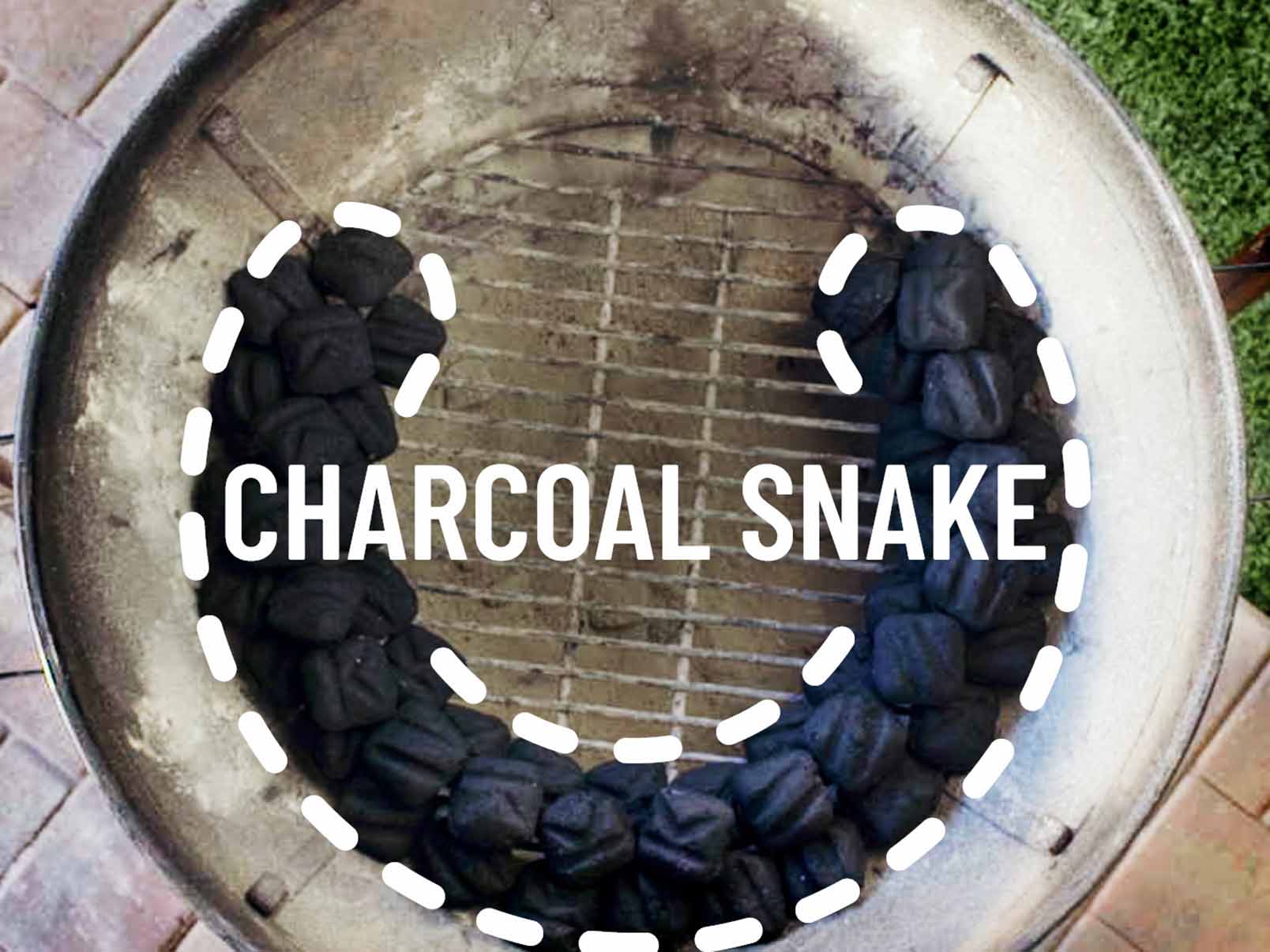
The Burn-Down Method for Smokers
- A great way to cook slow and low if you own a smoker.
- Low heat: 225°F to 250°F.
- Charcoal needed: fill your charcoal bed with unlit Kingsford® Charcoal Briquets. Add only a few lit coals to start the process.
- Simply fill the charcoal bed with unlit coals and add only a few lit coals to the very top.
- The coals on top will slowly light those below them and burn down slowly over time.
The Burn-Down Method for Smokers
